unmodern talking's Public Feed: One in a Million Insbesondere ...
One in a Million
Insbesondere Sebastian Kurz, der gerade vorübergehend seines Amtes enthobene österreichische Bundeskanzler, hat seit 2014 wiederholt für die Implementierung des sogenannten „Australien Modells“ in Europa plädiert. Seither ist es in die Diskurse um eine europäische Einwanderungs- und Migrationspolitik scheinbar unwiderruflich eingeschrieben. So preisen auch Björn Höcke und Matteo Salvini die Flüchtlings- und Asylpolitik Australiens als „Lösung“ an – Grund genug, um skeptisch zu sein.
Klaus Neumann geht in seinem Vortrag „Flüchtlings- und Asylpolitik: Berichte und Einsichten vom anderen Ende der Welt“ im Hamburger Institut für Sozialforschung der Frage nach, wie genau dieses von faschistoiden rechten Kreisen vielbeschworene „Australien-Modell“ aussieht und inwiefern es sich überhaupt auf Europa übertragen ließe. Spoiler: Lässt es sich nicht – zumindest nicht in genau dieser Form – und das ist auch nicht besonders erstrebenswert.
Australiens Asyl- und Flüchtlingspolitik beruht auf zwei Prinzipien: Auf Abschottung und Abschreckung. Der Abschottungsteil funktioniert so: Menschen, die versuchen über den Seeweg nach Australien zu gelangen, ist es seit 2013 in gesetzlich verankerter Form („Operation Sovereign Borders“) per sé unmöglich, Asyl in Australien zu beantragen; sie werden von der Küstenwache abgefangen und in Lagern auf den ehemals von Australien kolonialisierten Inseln Nauru oder Manus inhaftiert. Dort sind die Geflüchteten Erniedrigung, Vernachlässigung und Misshandlungen ausgesetzt, bevor sie, vorausgesetzt, sie überleben die Zeit in Haft, in ihre „Herkunftsländer“ zurückggebracht werden, wo sie Verfolgung, Genozid, bittere Armut und all die anderen Dinge erwarten, die jemanden dazu veranlassen, die lebensgefährlichen Strapazen einer Flucht auf sich zu nehmen. In einem öffentlich gewordenen Telefongespräch mit Donald Trump (eines der ersten vier Gespräche, die der frisch gewählte POTUS 2017 direkt nach seinem Amtseintritt führte – alle vier wurden geleaked) erklärt der damalige Premierminister Australiens Malcolm Turnbull: „So we said if you try to come to Australia by boat, even if we think you are the best person in the world, even if you are a Noble [sic!] Prize winning genius, we will not let you in.” Die Kosten dieser “Abschottung” sind exorbitant: Laut Amnesty International beliefen sich die Kosten im Jahr 2015 auf 314 Mio. US-Dollar – etwa 350.000 Dollar pro Geflüchteten, allein für das Lager auf Nauru. Und das für menschenrechtsverachtende Umstände. Gerade Menschenrechte sind aber kein Vergleichswert in Australien, eine Nation, deren Verfassung keine Bill of Rights kennt und sich mit keinem einzigen Absatz der Sicherung der Menschenrechte verschreibt – und sich damit gegen ein Einklagen eben solcher Rechte sichert. Da auch die sehr wohl von Australien unterzeichnete Genfer Konvention begrifflich nicht in der australischen Verfassung erwähnt wird, gibt es auch hier keine Grundlage zur rechtlichen Verfolgung der staatlich durchgeführten Gewalt, auch wenn sie bis zum Himmel stinkt. Der Oberste Gerichtshof von Papua-Neuginea hatte 2016 geurteilt, dass die australische Einrichtung zur Abwicklung von Asylverfahren auf der zu Papua-Neuginea gehörende Insel Manus „illegal“ und „verfassungswidrig“ war (verfassungswidrig eben gegen die Verfassung von Papua-Neuginea, nicht gegen die australische) und ließen die Anstalt zum 31. Oktober 2017 schließen. Standort des bis zum heutigen Tag betriebenen zweiten pazifischen „Auffanglagers“ ist die Insel Nauru – seit dem ersten Weltkrieg und bis zur Unabhängigkeit 1968 von Australien kontrolliert –, dieser weltweit kleinste Inselstaat galt lange aufgrund der eigenen Phosphatbestände als das reichste Land der Welt, verarmte jedoch nach dem vollständigen Abbau der einzigen natürlich Ressource bis zum staatlichen Bankrott und ist seitdem auf die Unterstützung und Subventionierung anderer Staaten angewiesen – Zuwendungen, die Australien Nauru gewährt, und damit weiterhin wirtschaftlich wie politisch über die Entscheidungen der Insel (wie die Aufrechterhaltung der Haftanstalten für Geflüchtete) verfügt.
Der zweite Part des Australischen Modells ist wie erwähnt die Abschreckung. Mit dem Slogan „No Way. You will not make Australia home.“ soll die Botschaft vermittelt werden, dass eine Flucht nach Australien ohnehin zwecklos sei. Überdimensionale Billdboards mit dieser Aufschrift säumen seit Jahren den öffentlichen Raum, nicht nur im südostasiatischen Raum, sondern gerade auch auf dem Australischen Festland. Hinter dem Schriftzug ist ein effektvoller Blick auf dunkles, stürmisches Meer zu sehen, mit wolkenverhangenem Himmel, der sich bis zum Horizont zieht. In den bewegten Wassermassen lässt sich ein kleines Fischerboot ausmachen, das äußerst prekär und schutzlos den Wellen ausgesetzt ist. Die Behörden suggerieren, das Plakate richte sich an Menschen, die vorhaben, sich auf die Flucht zu begeben und dabei in die Hände von Menschenschmugglern fallen könnten. „Think Again Before You Waste Your Money. People Smugglers are Lying.“ ist auf den Plakaten in Großbuchstaben zu lesen. Das ist also nur zum Schutz von fliehenden Menschen vor Schmugglern, allright. In Wahrheit, so Neumann, ist in erster Linie die australische Bevölkerung das Zielpublikum dieser Botschaft. Es handelt sich um rassistische und menschenverachtende Propaganda, die im Dienst der Legitimation ebenso rassistischer und menschenverachtender Asyl- und Flüchtlingspolitik steht. Einmal mehr offenbart sich die grenzenlose Hypokrisie, mit der unter dem Deckmantel altruistischer Sorge nationalstaatliche Souveränität verteidigt wird.
Apropos Hypokrisie: Das Feigenblatt, mit dem Australien über die eigene schonungslose Flüchtlingspolitik hinwegtäuschen will, ist das sogenannte „Resettlement-Programm“ der UNHCR, in dem sich Australien gerne als Musterschüler_in aus der allerersten Reihe stilisiert. Innerhalb des Programms nimmt sich Australien heraus, handverlesene Asylsuchende aufzunehmen, die allerdings den (australischen) Maßstäben eines rechtschaffenden (und selbstredend der englischen Sprache mächtigen) Menschen entsprechen müssen. Das tun natürlich nur die wenigsten und die Zahl der rechtmäßig in Australien aufgenommenen Geflüchteten ist vernachlässigbar – trotzdem schreibt sich Australien die eifrige Teilnahme am Programm nur zu gern auf die eigene Flagge. Klaus Neumann zeigt in seinem Vortrag eindrücklich, dass die zweigleisige Rhetorik von Asyl- und Flüchtlingspolitik vor Allem eines bezweckt: die feinsäuberliche Trennung von „guten“ und „schlechten“ Migrant_innen. Jene, die das eigene Land bereichern und sich an die Regeln halten werden und jene, die ungesittet und ungefragt, ganz ohne Anklopfen übers Meer kommen und mit sich fremde Wertvorstellungen bringen. Neumann vollzieht auch nach, wie die Rhetorik dieser Verteilung von Empathie und Verständnis ebenfalls von der „linken“ Bewegung Australiens, von Gegner_innen der Flüchtlingspolitik des Staates übernommen wird: auch in ihren Kampagnen wird vor allem emotionalisiert auf Mitgefühl und Großzügigkeit und Eigennutz gesetzt – da ja verfassungsmäßig festgesetzte Menschenrechte fehlen, bleibt der Argumentation für einen angemessenen und gewaltfreien Umgang mit Geflüchteten scheinbar nichts anderes übrig als an das Mitleid der Büger_innen zu appellieren und die Bereicherung multikultureller Arbeitskräfte für eine Nation wie Australien zu betonen. Wie Neumann jedoch ganz richtig warnt: Mitleid ist eine launische Emotion und das utilitaristische Argument der produktiven Bereicherung neuer Staatsbürger_innen greift dann nicht mehr, wenn Geflüchtete körperlich wie geistig misshandelt, ausgehungert und verstört in Australien ankommen und – bevor sie sich als neue Vorzeigebürger_innen ans Fließband stellen dürfen – erstmal auf Sorge und Rücksicht angewiesen sind.
Genau hier macht Neumann auch den Punkt fest, weshalb das australische Modell in Europa keine Anwendung finden können würde: Neben den verfassungsmäßig festgesetzten Menschenrechten hofft Neumann in Deutschland, Österreich und Italien auf einen stärkeren, effektiven Widerstand von Seiten der Bevölkerung und linker Oppositionsparteien – ein Widerstand, der in Australien aufgrund einer historisch verankerten hohen Rassismus-Toleranz durch alle politische Spektren nicht denkbar ist; nur in Australien, so Neumann, sei es daher möglich, so ungestört, offen und radikal menschenverachtende Abschreckungspolitik zu betreiben. Ganz ehrlich, wir sind uns da nicht so sicher – lobt Horst Seehofer nicht offen seine Ankerzentren und phantasierte nicht auch Herbert Kickl (der gerade nur zufällig nicht mehr Innenminister von Österreich ist) von einer Infrastruktur, in der Asylsuchende „konzentriert“ gehalten werden können? Klar, solche Sager stoßen auf Kritik – sie reichen aber auch hierzulande schon lange nicht mehr, um einer Partei ihren Regierungsauftrag zu entziehen, dafür muss schon ein Koksvideo auf Ibiza her.
Klaus Neumann, wie gesagt, hegt da ein größeres Grundvertrauen in die demokratische Souveränität der europäischen Unions-Mitglieder – gesteht ihnen aber sehr wohl eine bewusste Perfidie zu: so würden Höcke, Kurz und Co. nicht nur deshalb nicht müde, die australische „Lösung“ zu loben, weil sie tatsächlich ihre nationalistisch-rassistischen Herzen erfreut, sondern, weil alles, was sie und ihre Parteien und Regierungen in Deutschland oder Österreich mit der Asylpolitik anstellen könnten, (zum Beispiel gemeinsam mit Ungarn, den USA und – huch!- Australien aus dem UN-Migrationspakt auszutreten, wie es die türkis-blaue Regierung Österreichs 2018 tat), nichts, was sie tun werden, wird im Vergleich mit Australien je schlimm aussehen. Sich also immer und immer wieder auf das Vorbild Australien zu berufen, deren offenen Menschenhass man in dieser Form nie öffentlich erreichen wird, lässt die europäischen, rechtsgedrehten Länder immer noch irgendwie gut, ja, „menschlich“ dastehen.
Ahja und die Menschenrechte: Zum Austritt des UN-Migrationspakt betonte Heinz-Christian Strache (das ist der im weißen Unterhemd auf Ibiza): „Migration ist und darf auch kein Menschenrecht werden.“ Und weiter: „Es kann nicht sein, dass jemand aufgrund von Klima oder Armut ein Migrationsrecht erhält. Da hätten wir eine Entwicklung in dieser Welt, die man sich realpolitisch gar nicht vorstellen kann.“
Aus unserer Perspektive einer historischen Disziplin heraus stellen wir nicht nur die Vorstellungskraft eines HC Strache, Salvini oder Seehofer infrage, sondern auch: Haben all diese Leute im Geschichtsunterricht nicht aufgepasst? Haben sie vergessen, dass ganz Europa sich am Kolonialismus unter Ausübung übelster psychischer, physischer und struktureller Gewalt an dem Rest der Welt bereichert hat und unser Wohlstand auf den Trümmern dieser ausgebeuteten Regionen aufgebaut ist? Was ist mit dem Genozid in Ruanda, den gestohlenen Artefakten, die unsere „Völkerkunde-“ und Naturkundemuseen ausstatten und den Sklav_innen, die mit ihrer unentlohnten Arbeit auf Baumwoll-, Zuckerrohr- und Tabakplantagen die Bankkonten der Kolonialherren in Deutschland füllen? Allein Hamburg ist voll von den Monumenten dieser Zeit, schon mal was vom Chilehaus gehört? Das heißt aus einem bestimmten Grund so. Und zurück zu Australien: Wie sind denn die Briten im 18. Jahrhundert nach Australien gekommen, etwa nicht auf dem Seeweg?
Man könnte fragen: wie geschichtsvergessen können Menschen aus den sogenannten westlichen Ländern sein, wenn sie allen Ernstes tatsächlich der Meinung sind, sie hätten irgendein Recht darauf, zu entscheiden, wer wo auf dieser Welt zu leben hat?
Aber halt: Höcke, Strache und Salvini Geschichtsvergessenheit vorzuwerfen, ist eine zu milde, unzureichenden Anklage. Sie haben gar nichts vergessen – vielmehr generieren sie sich als Wächter und Türsteher einer Weltordnung, deren Ursprung eine Geschichte der Migration und Verteilung von Ressourcen ist, von der eben jene „westlichen“ Länder und damit auch wir, Schreibende und Lesende dieses Blogs, nachwievor profitieren. Statt in die Geschichte kann man dafür auch einfach auf die eigenen Konsumgüter schauen, 3 €-T-Shirts, möglich gemacht durch die Versklavung von Arbeiter_innen in Bangladesh, ach-so-saubere E-Autos, möglich gemacht durch Kobalt-Abbau von Mienenarbeiter_innen im Kongo.

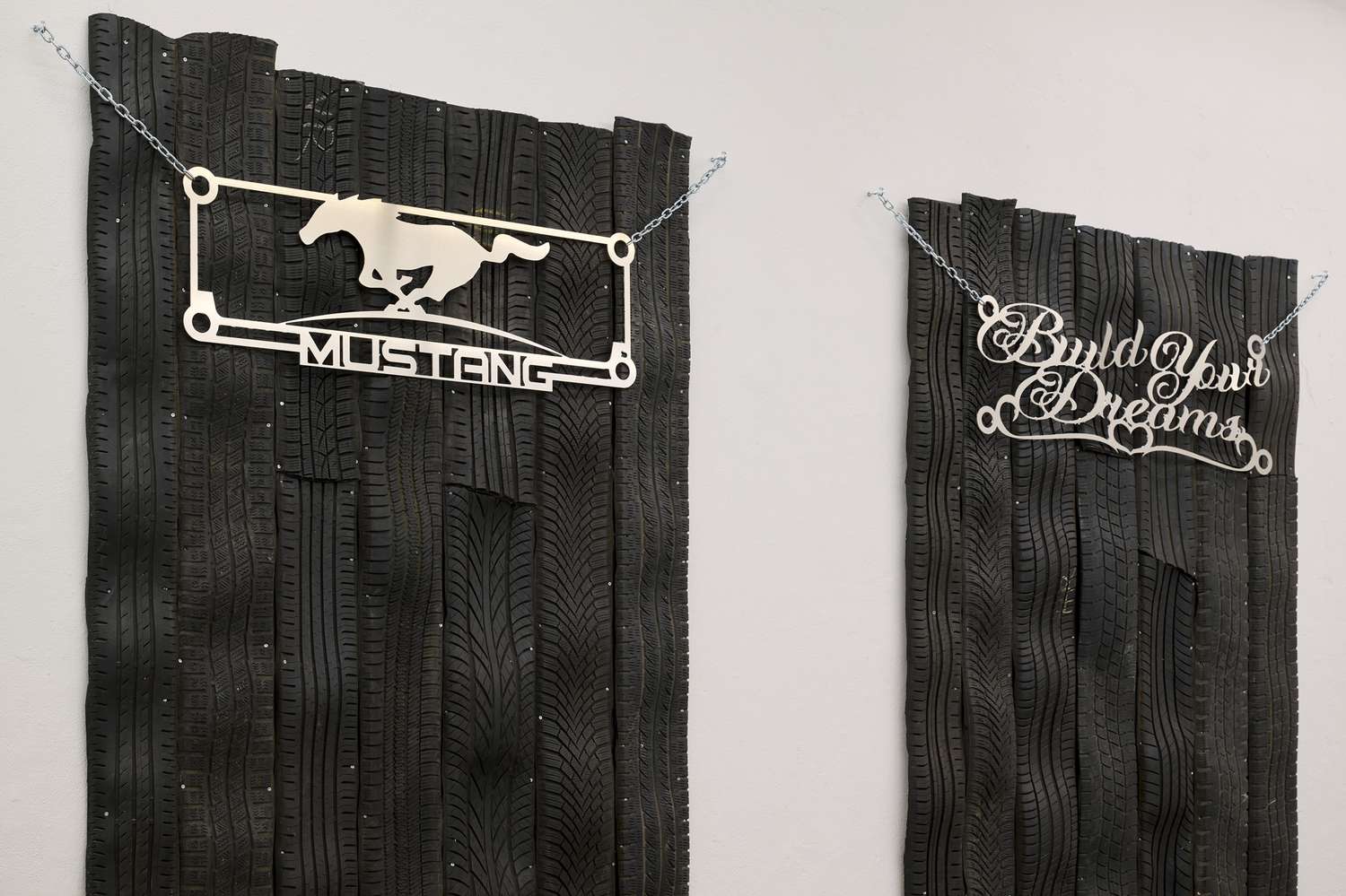
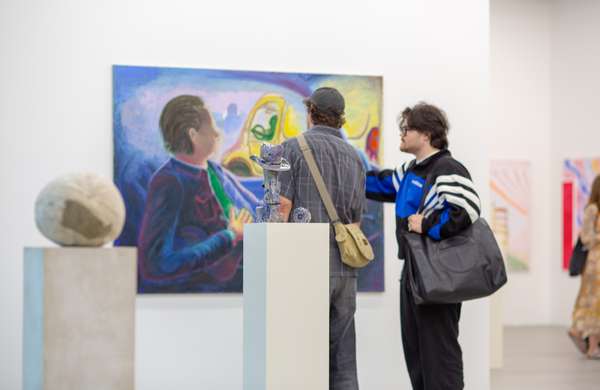

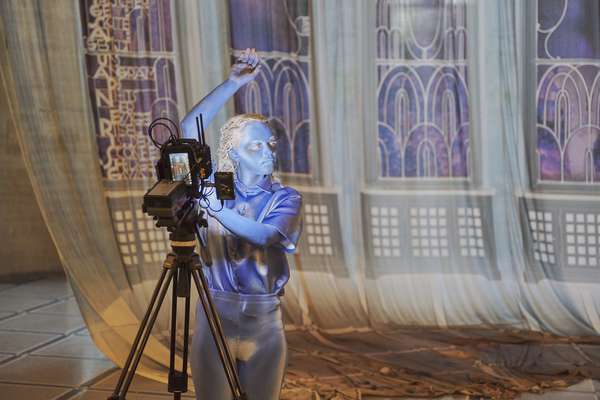

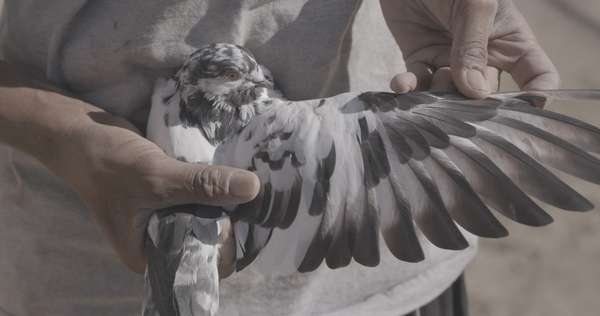
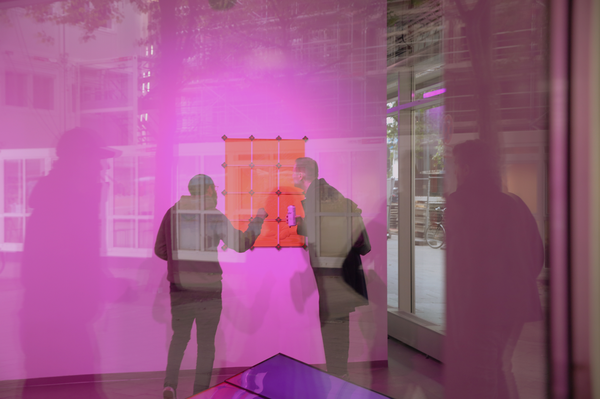
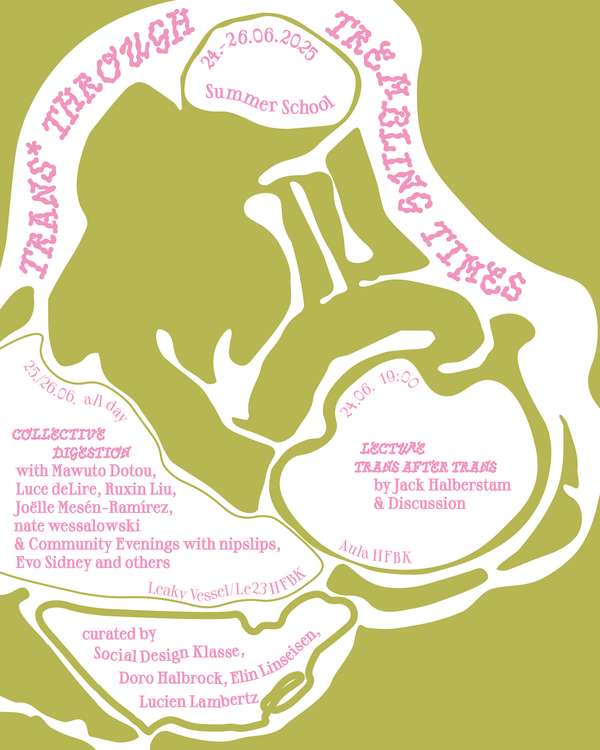
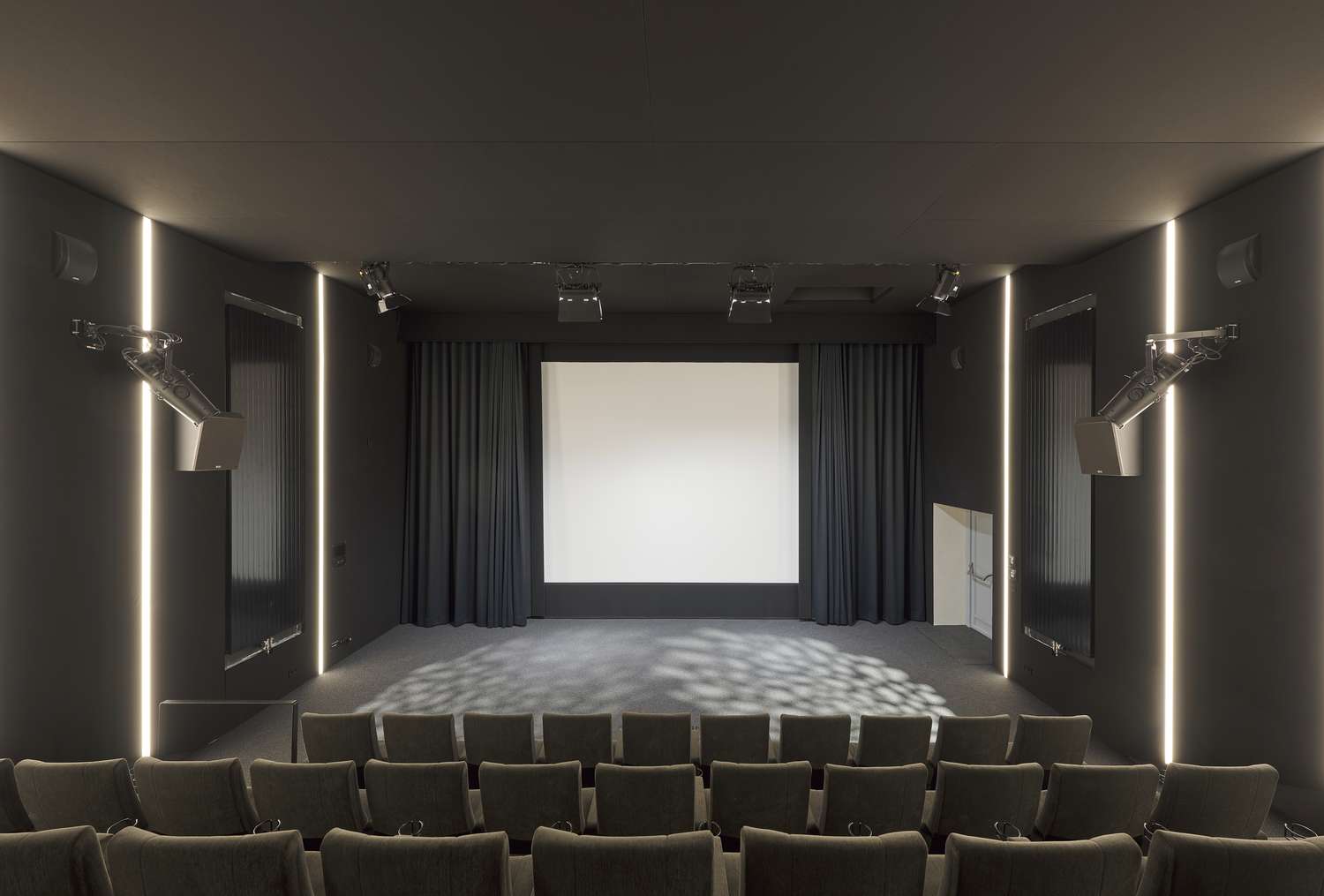
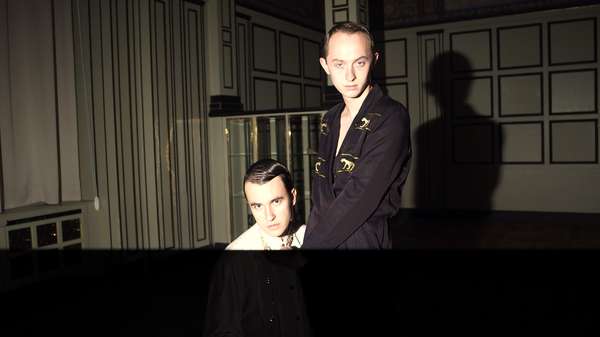
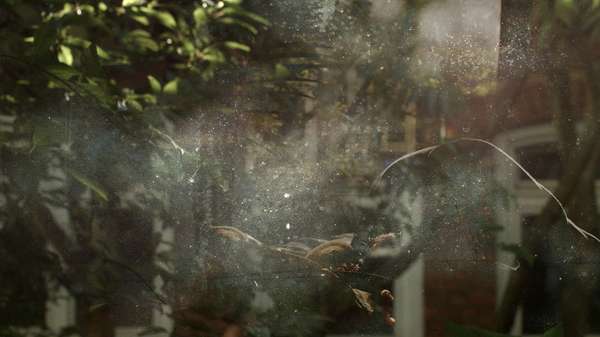
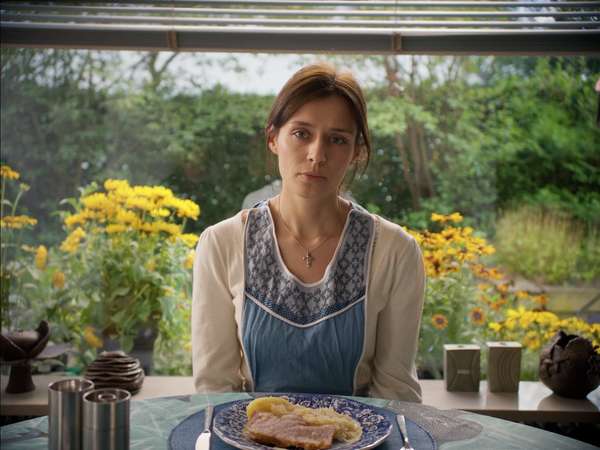
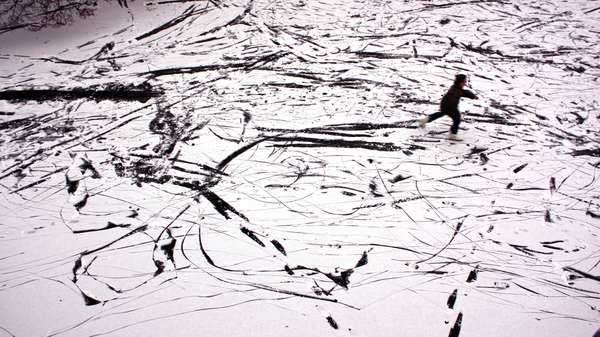
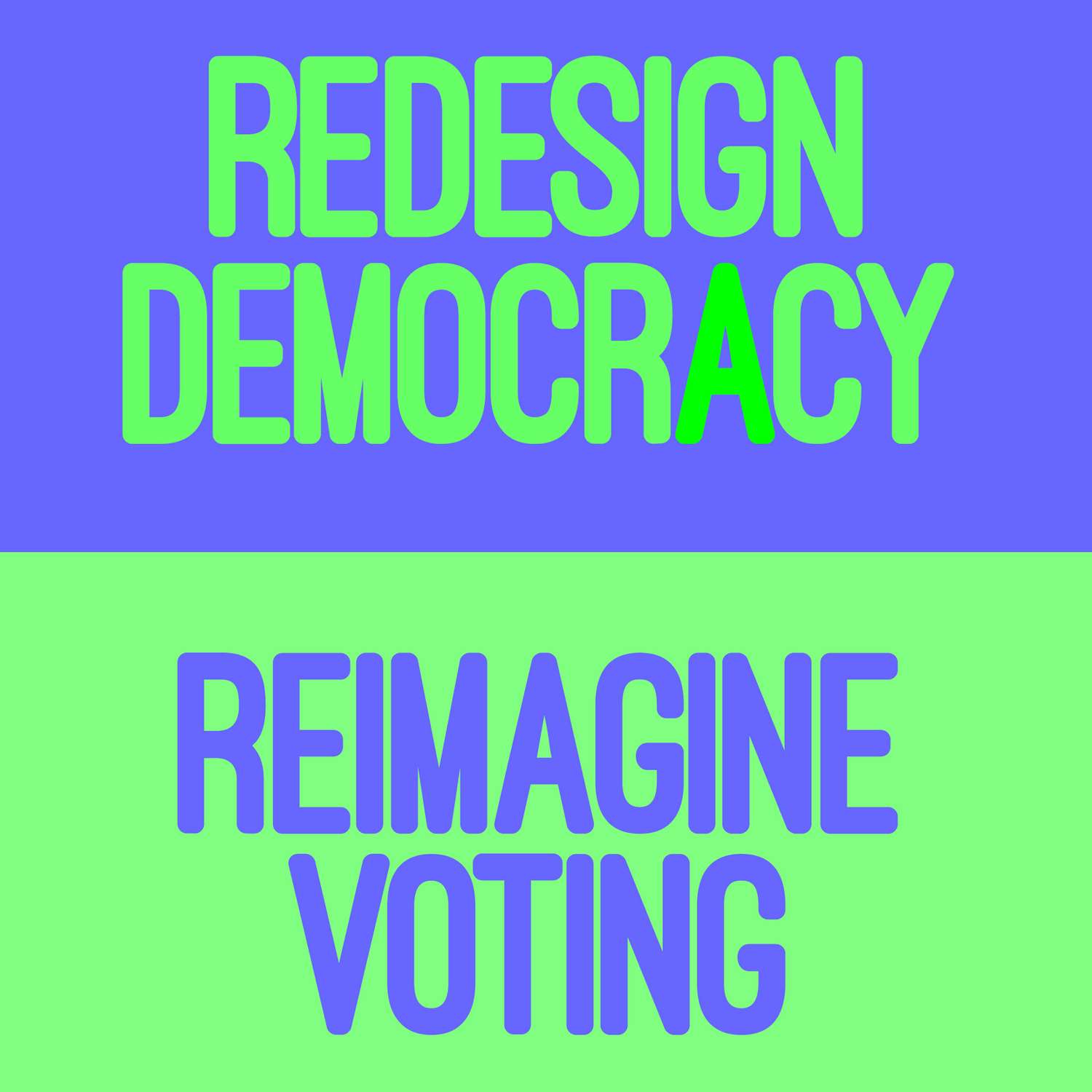
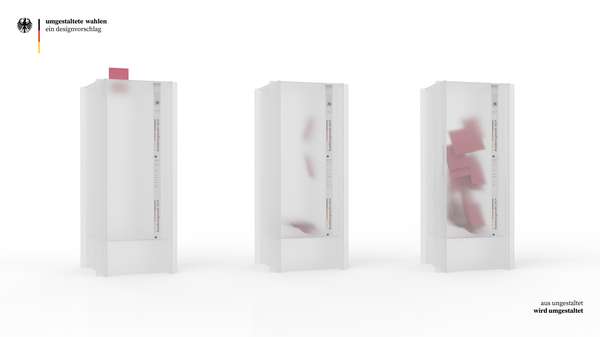
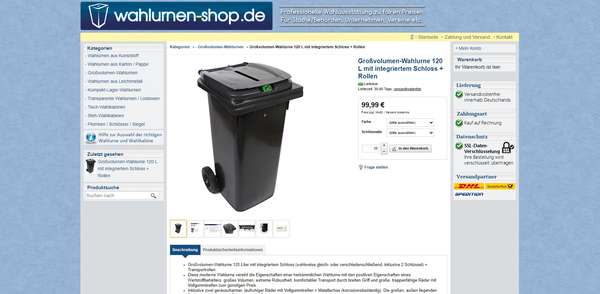
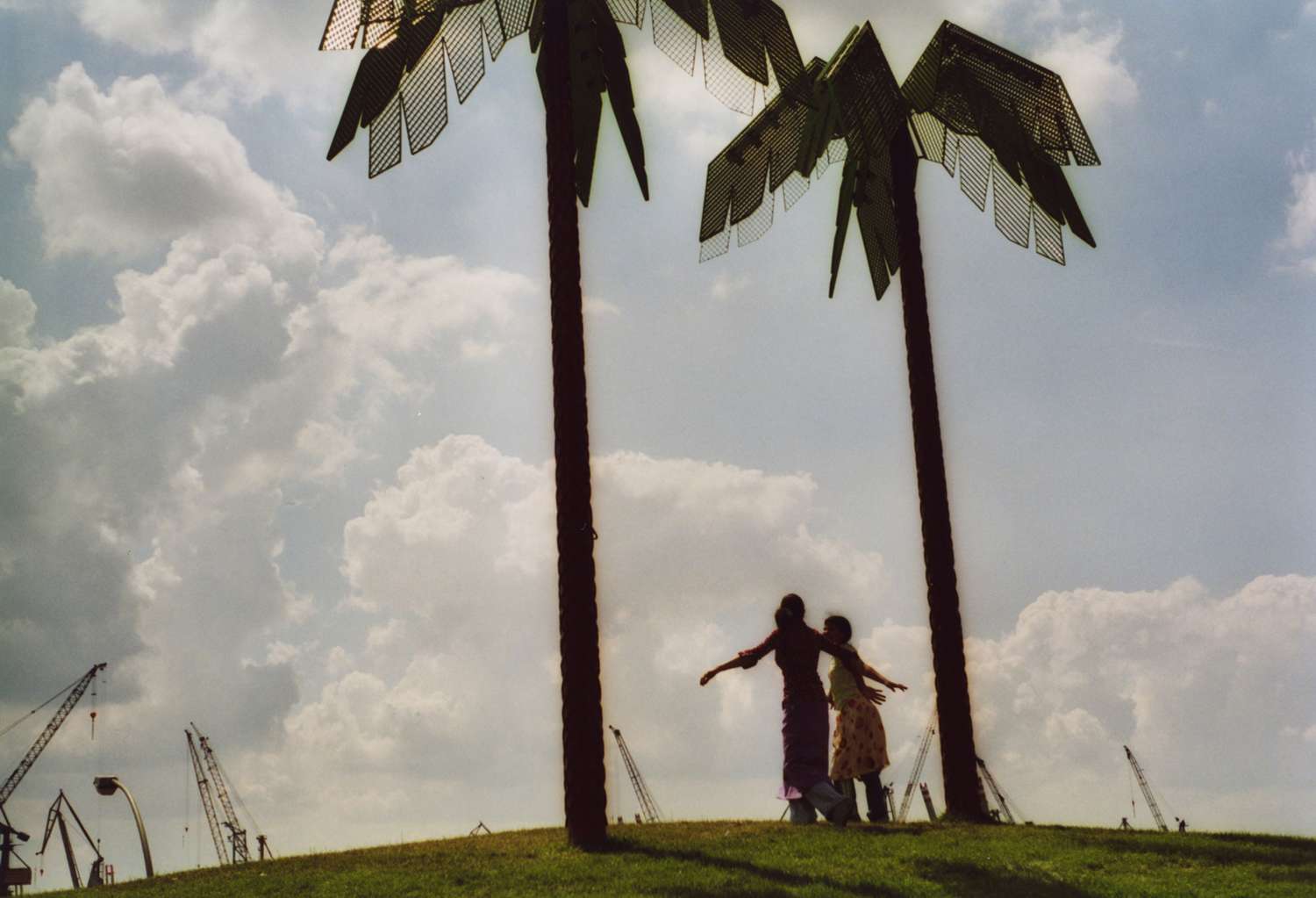
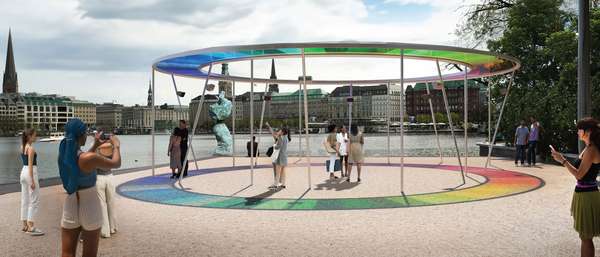
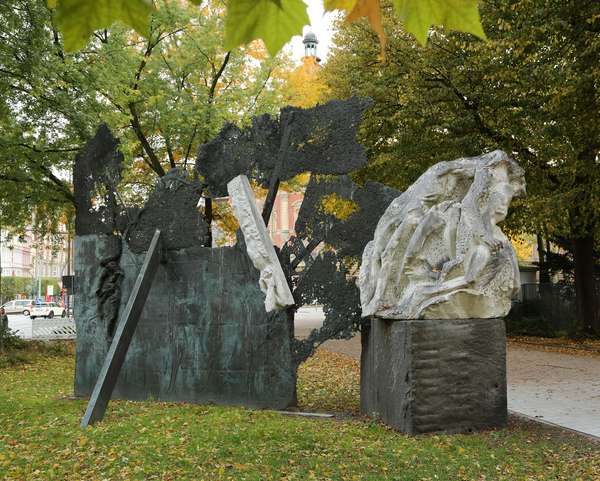
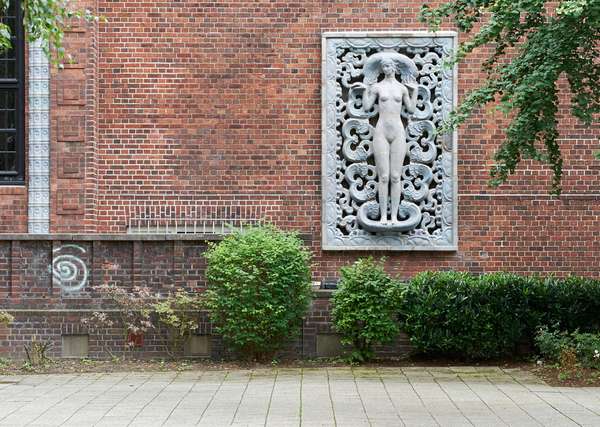
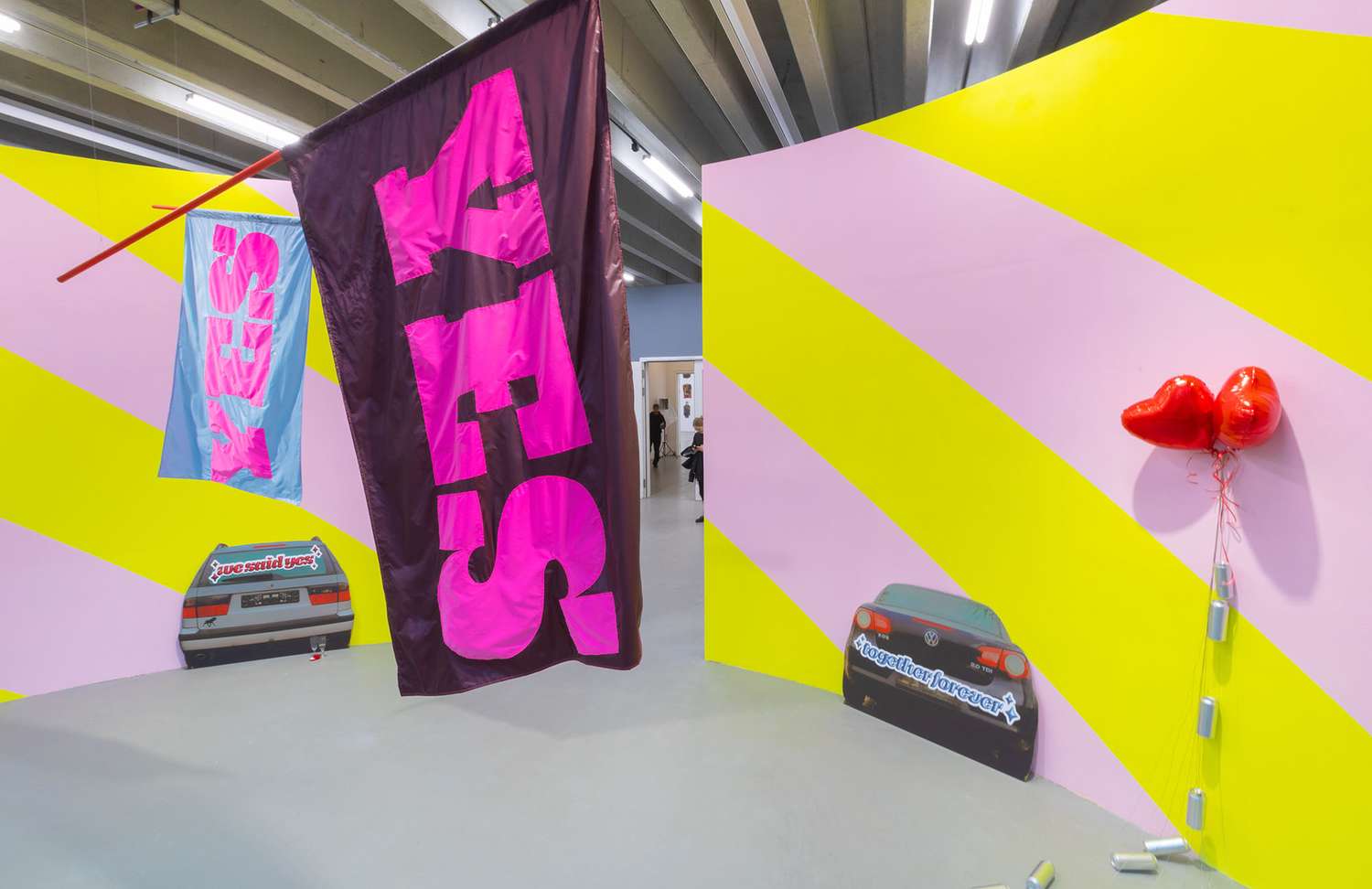
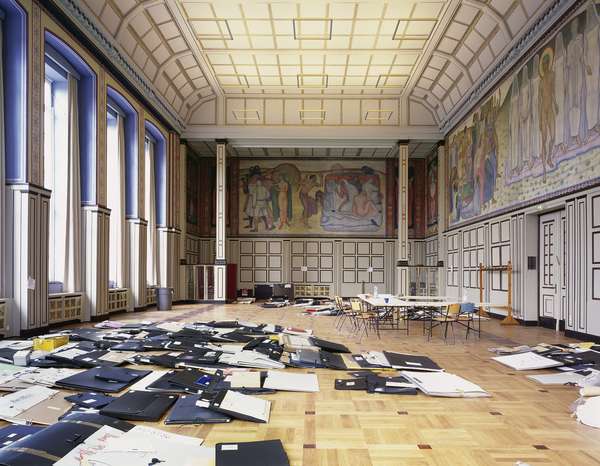
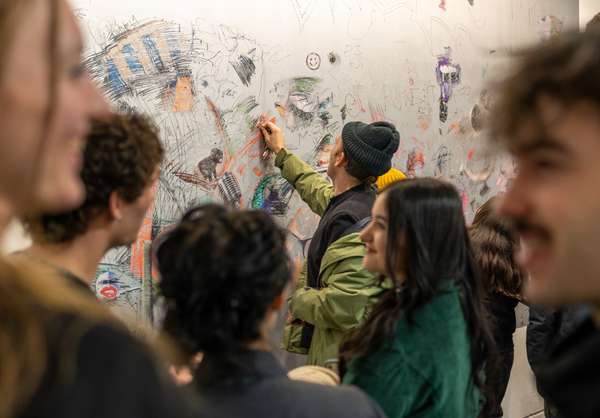
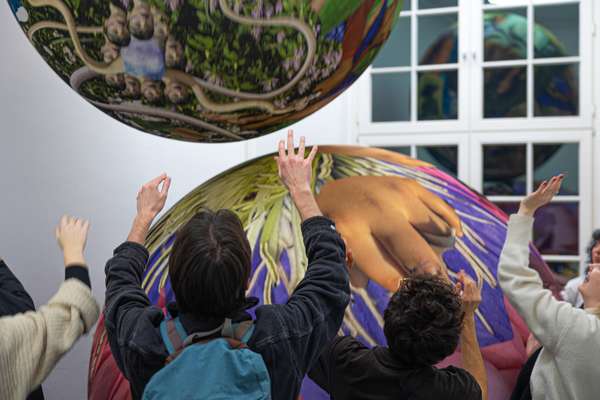


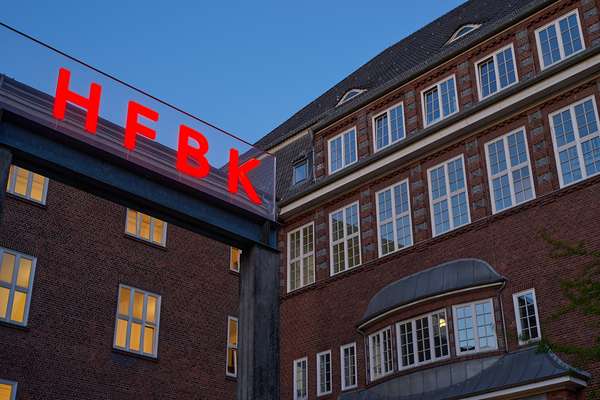
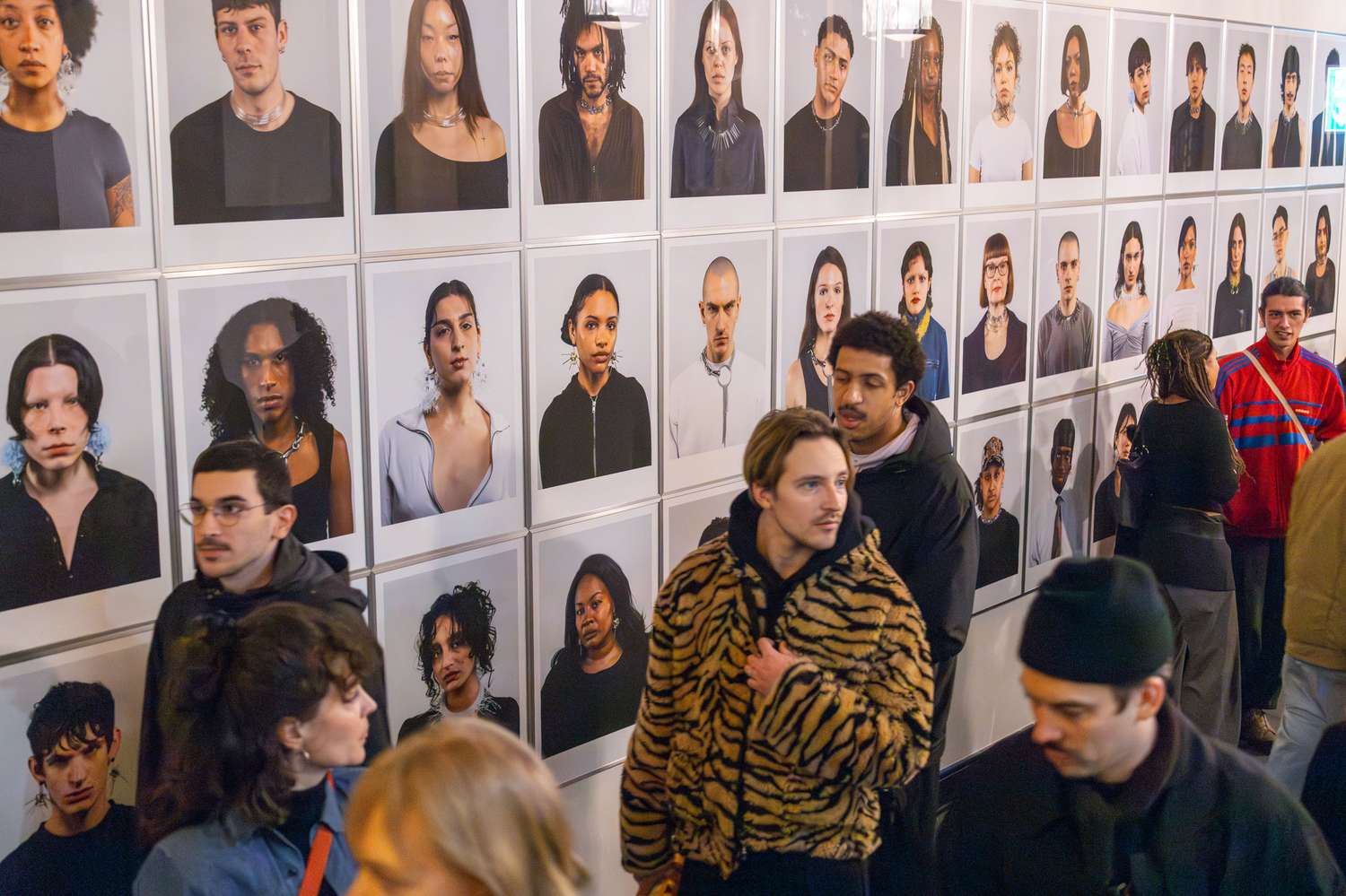

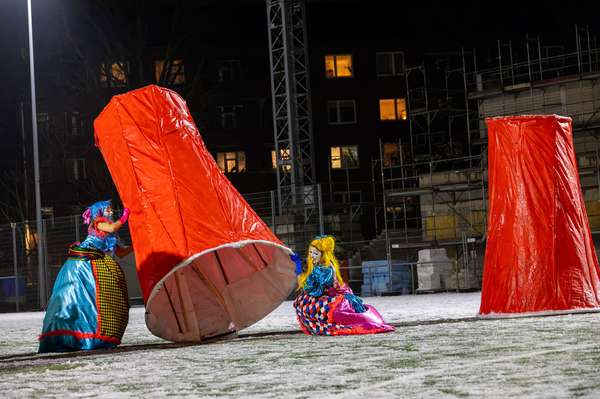
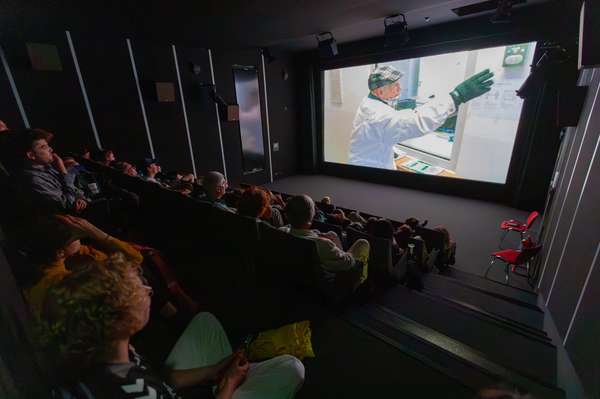
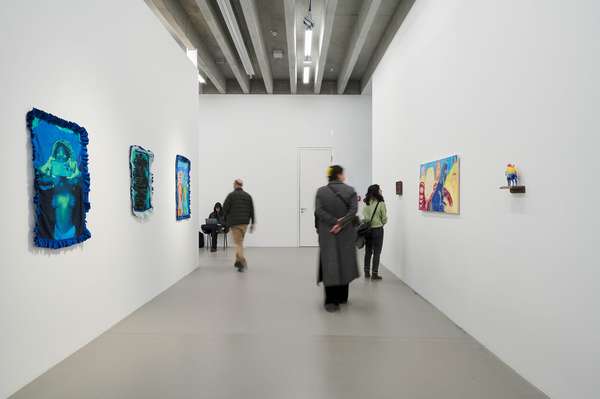
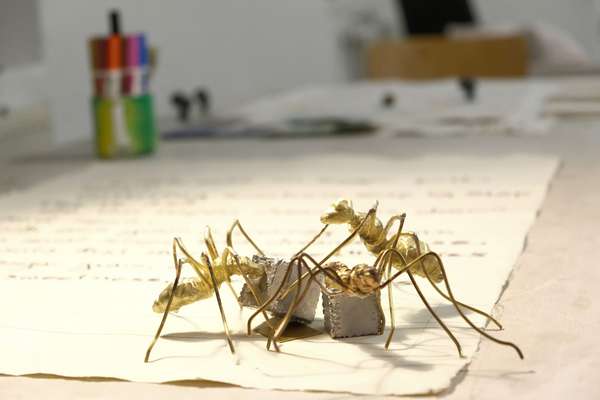
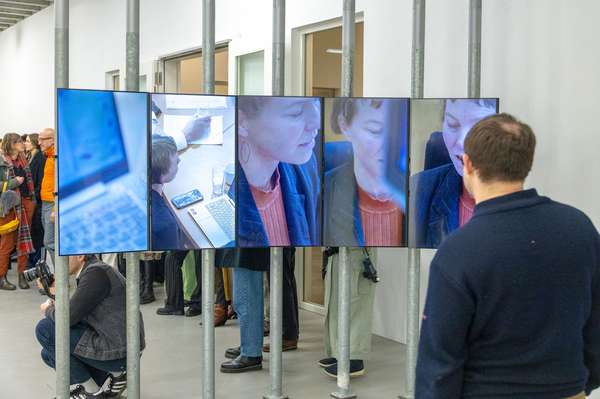
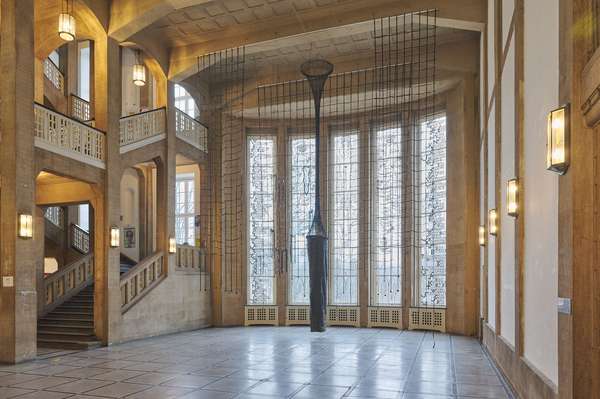
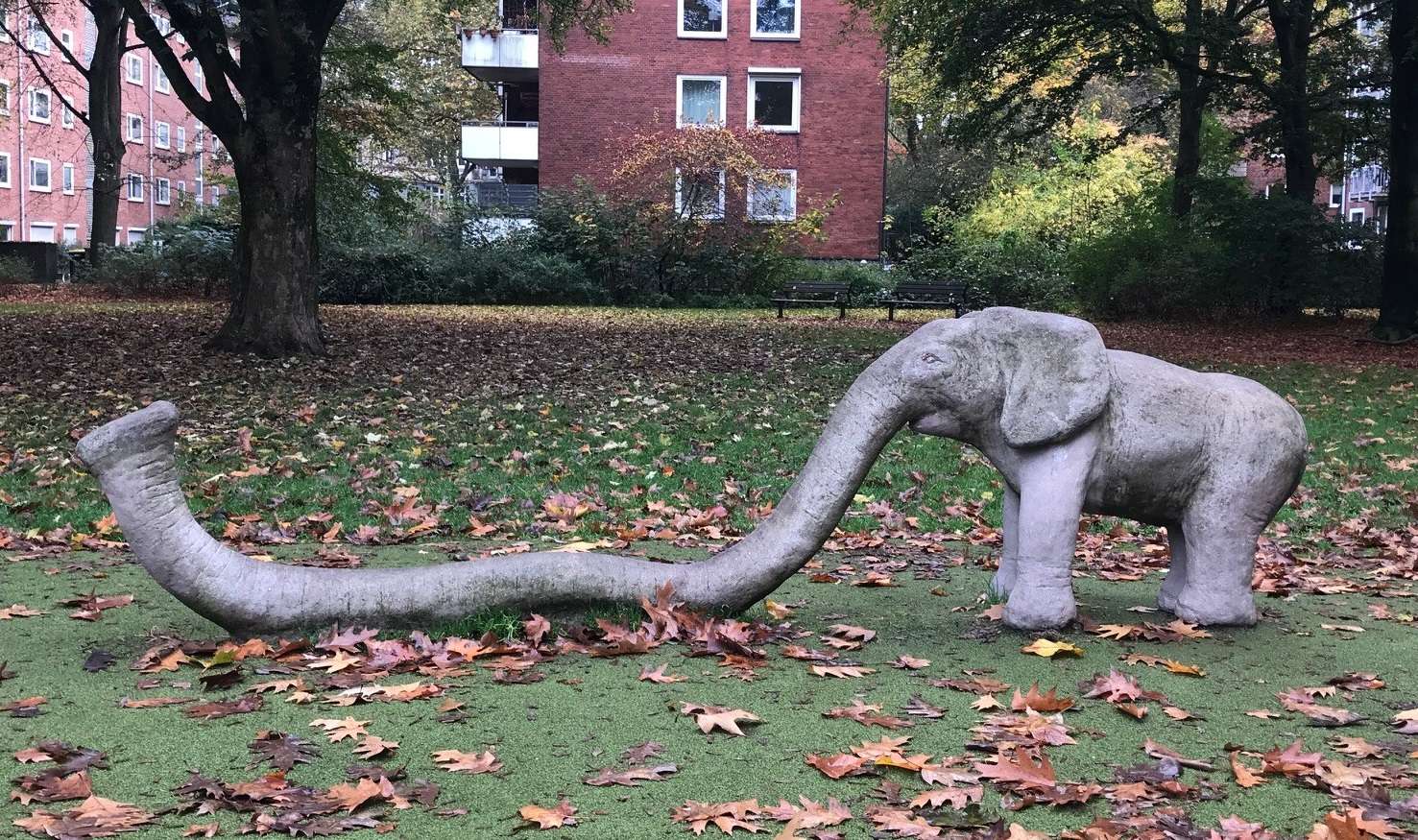
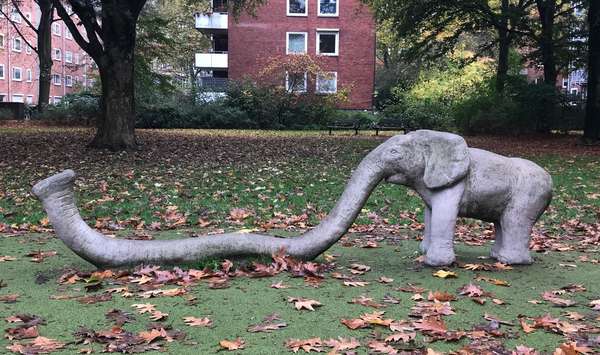
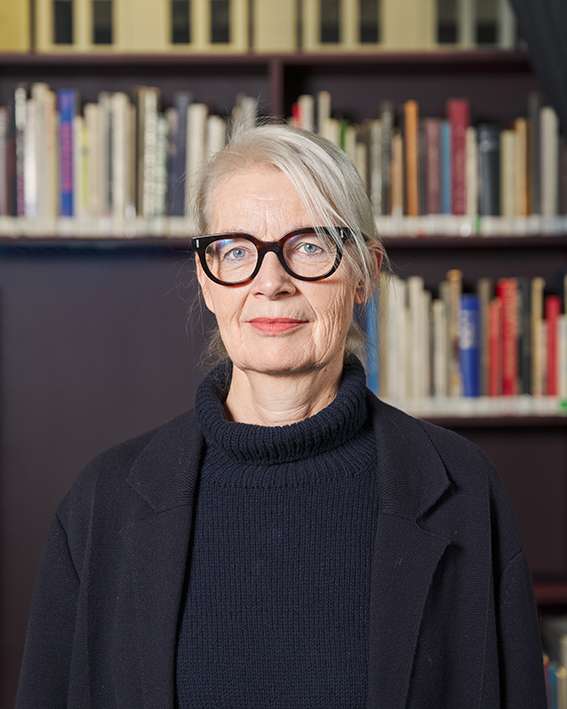
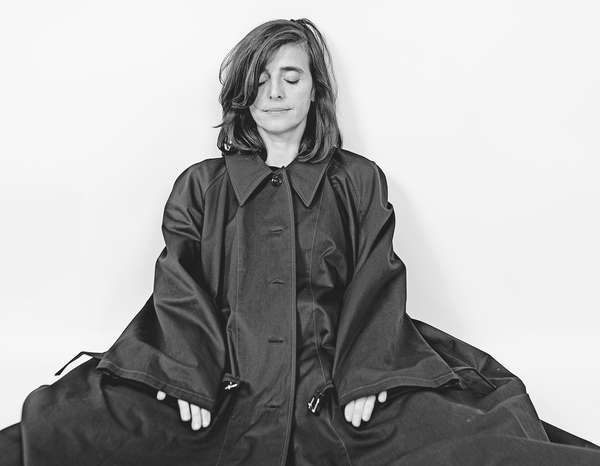
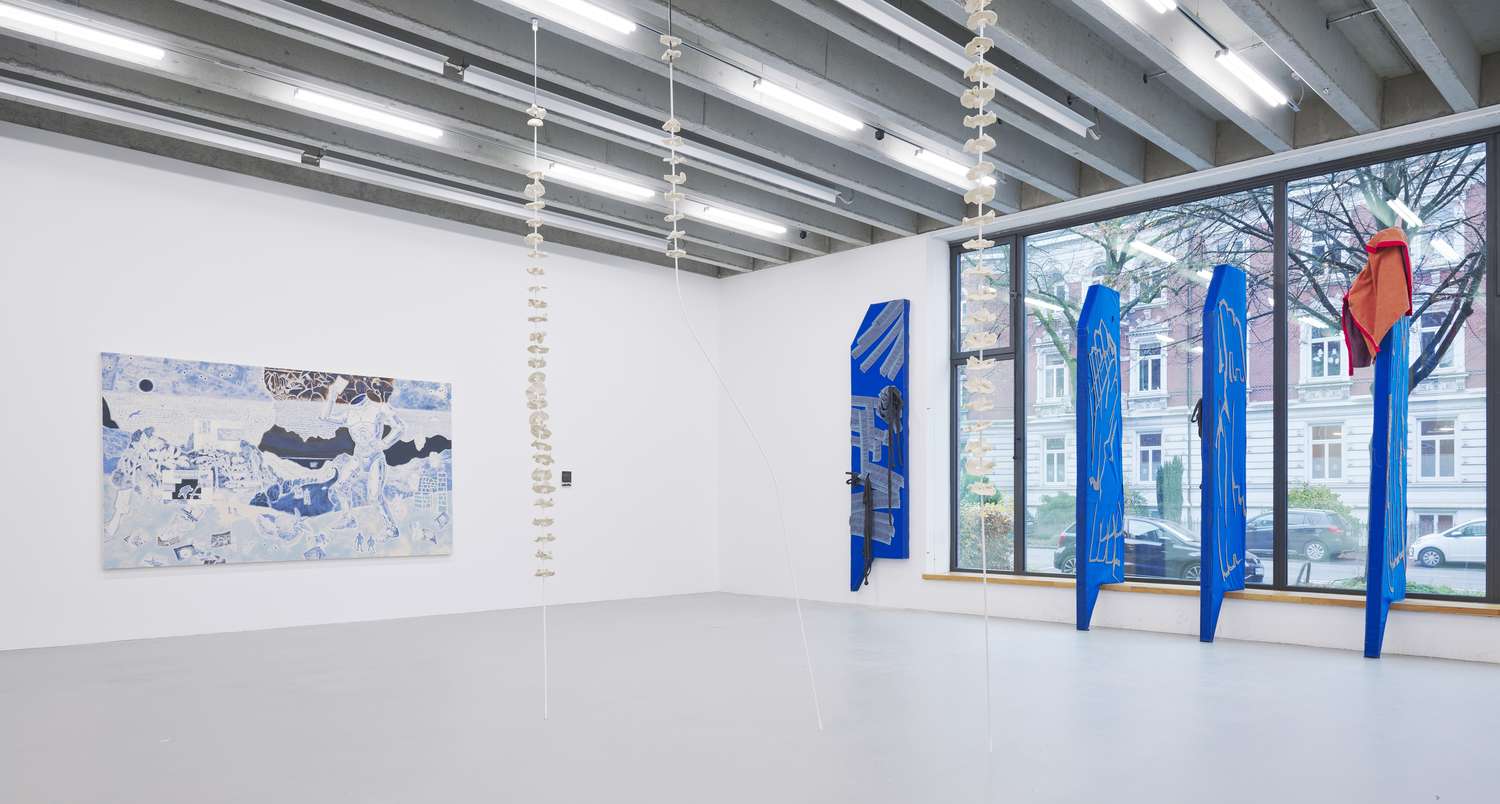
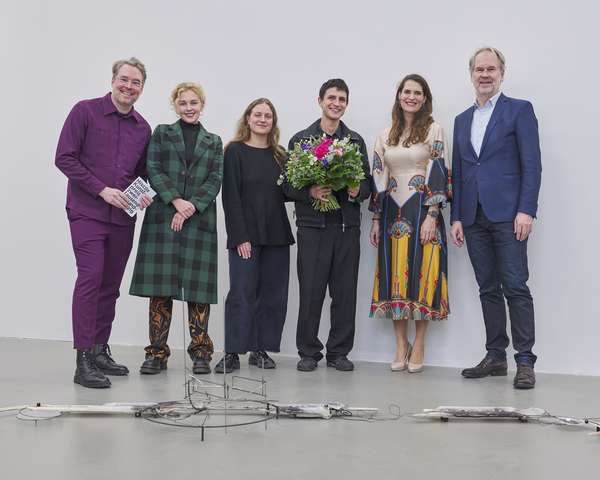
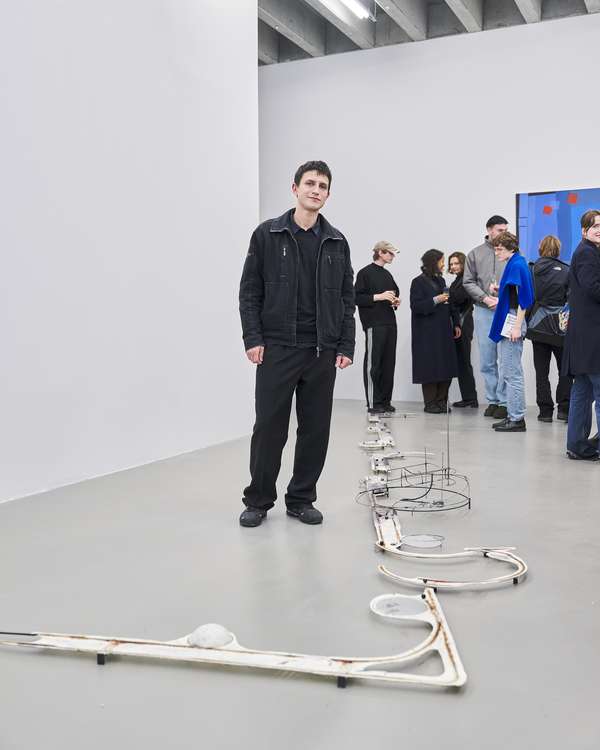
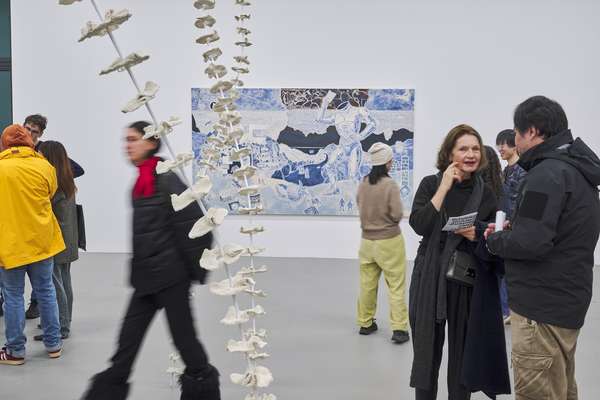
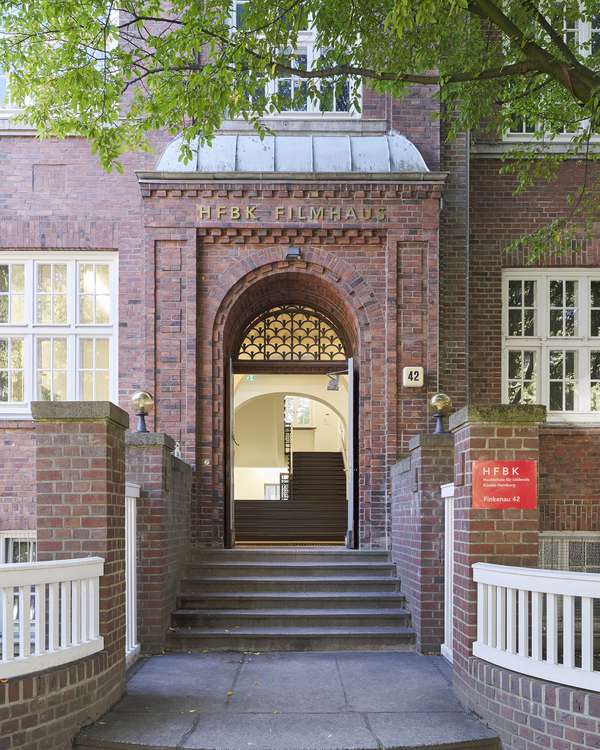
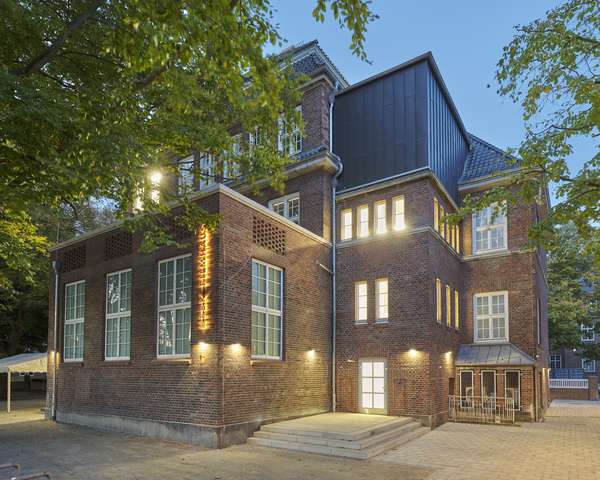
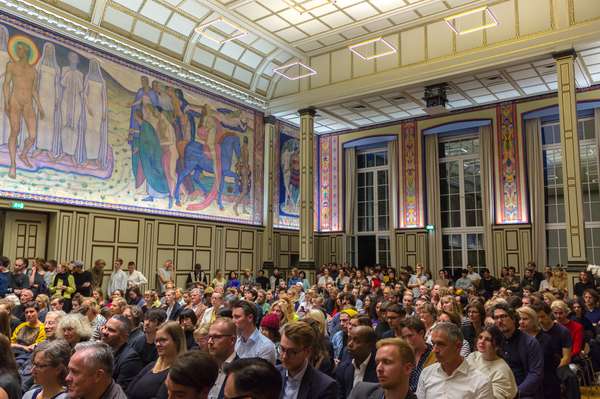
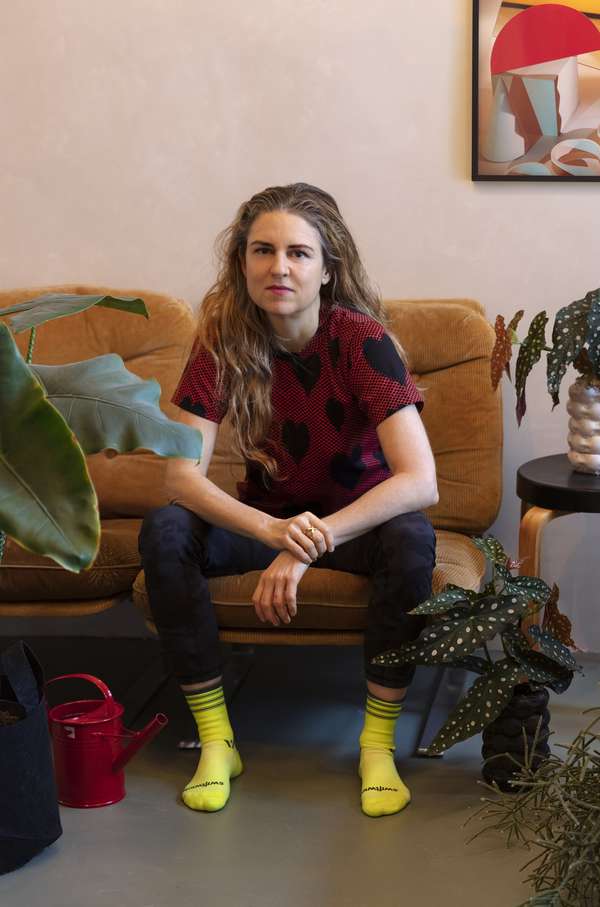
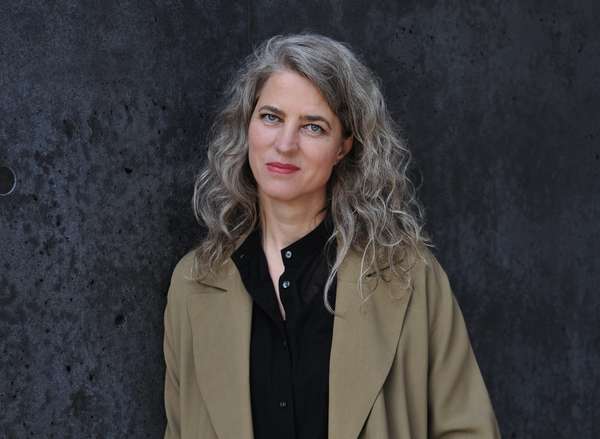
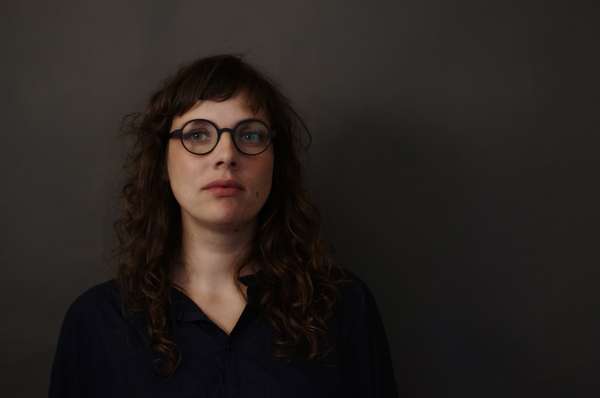
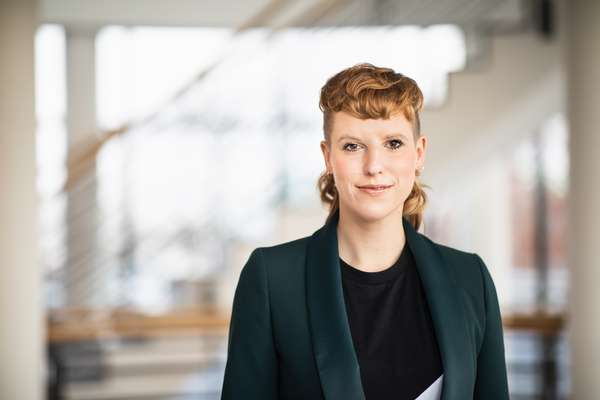
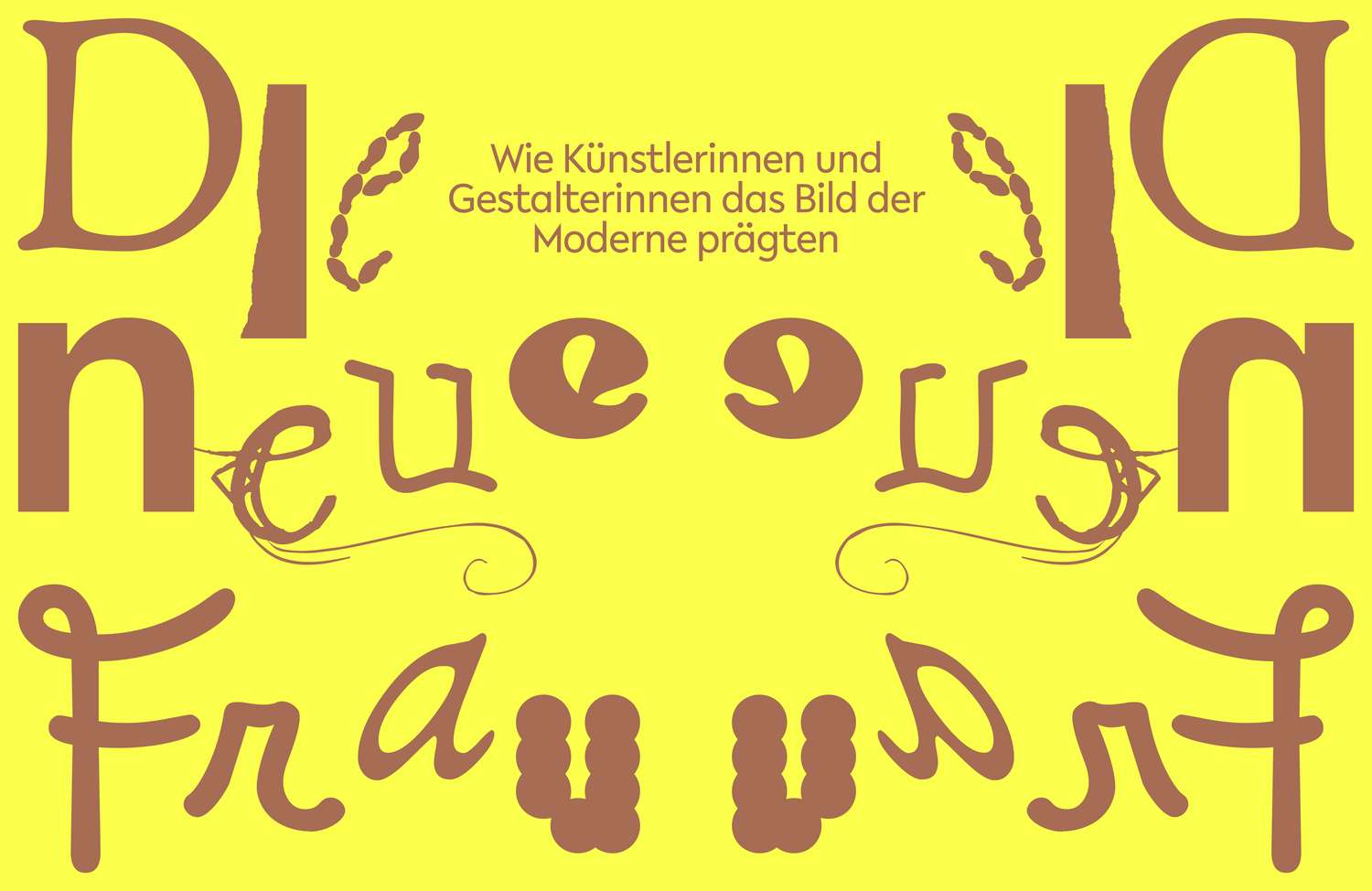
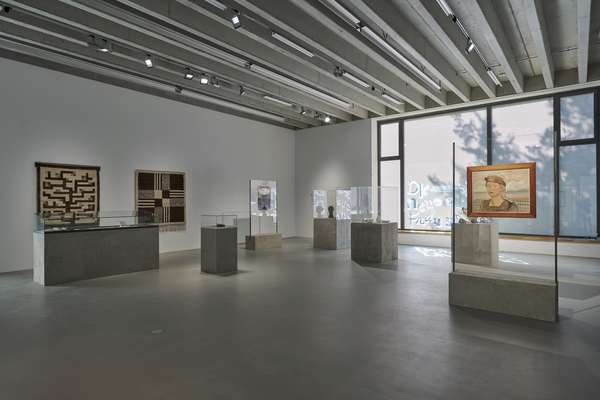

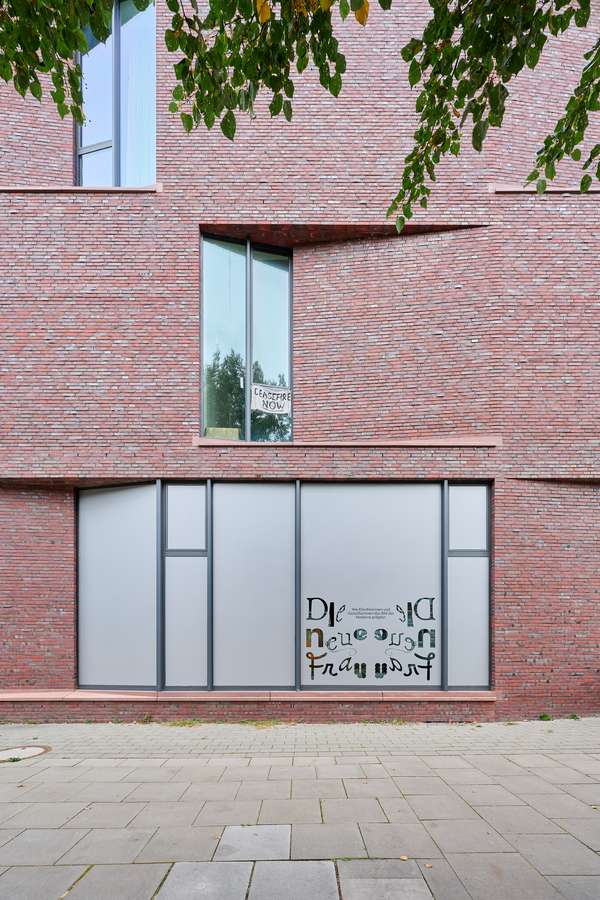
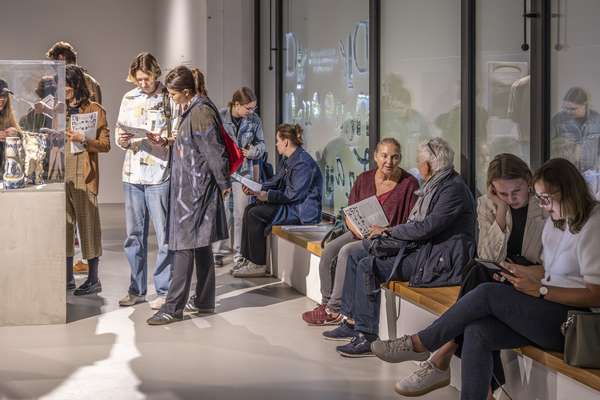
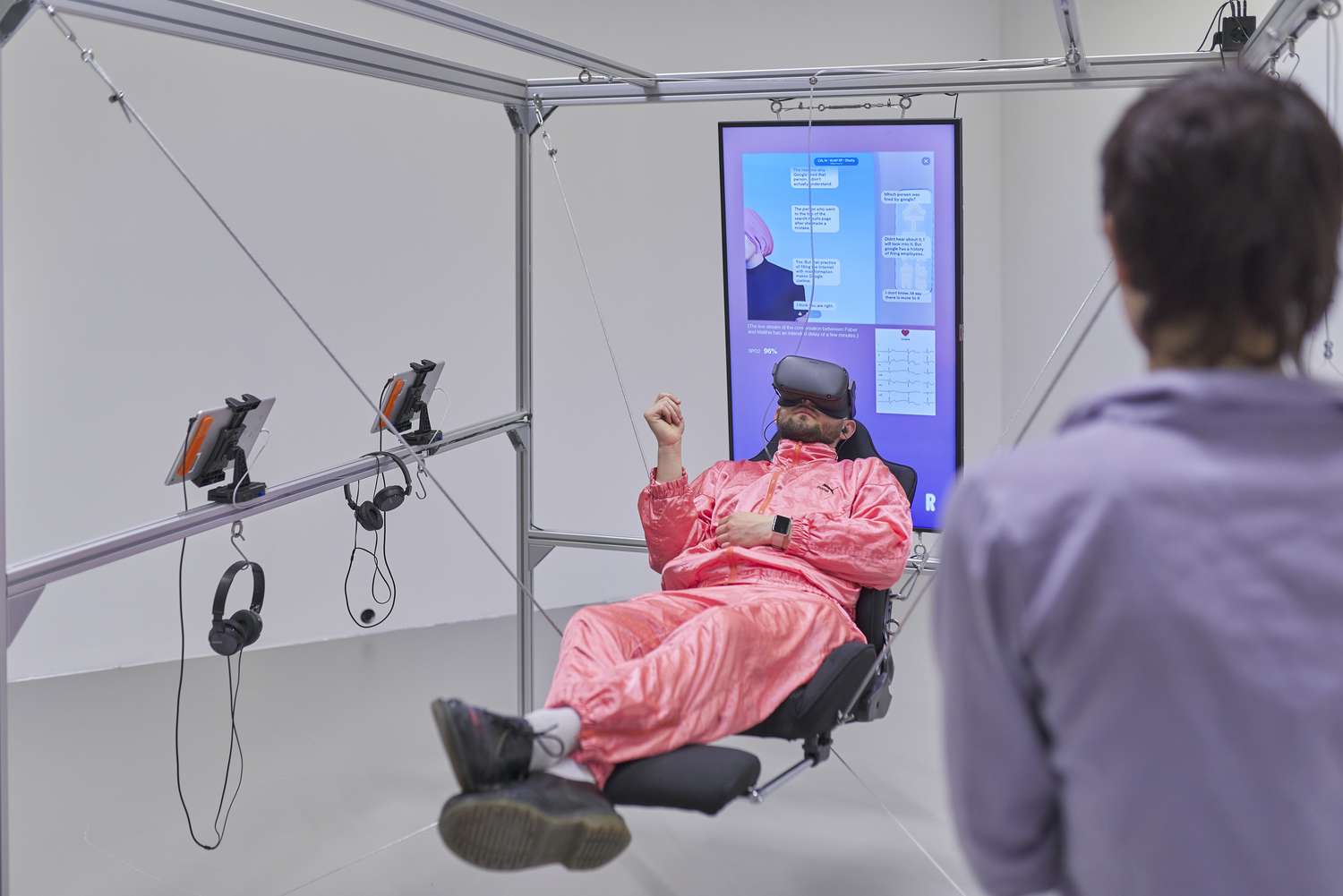
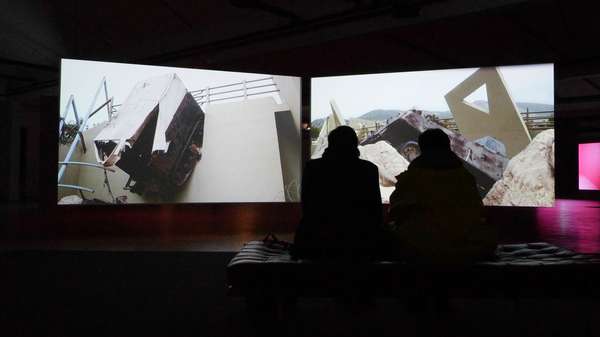

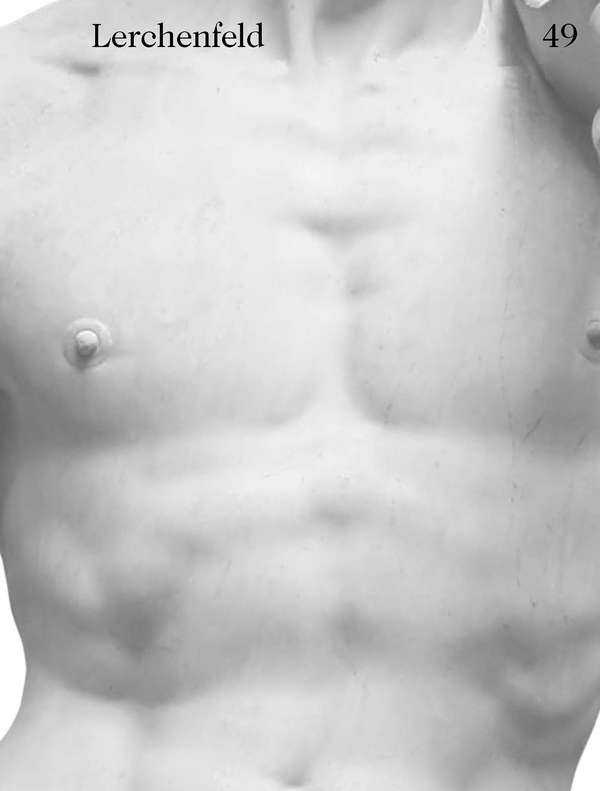
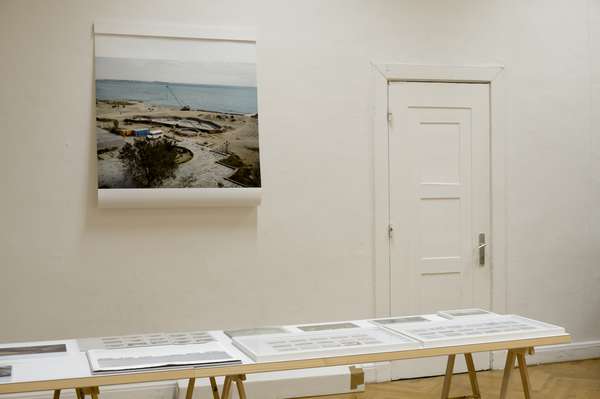
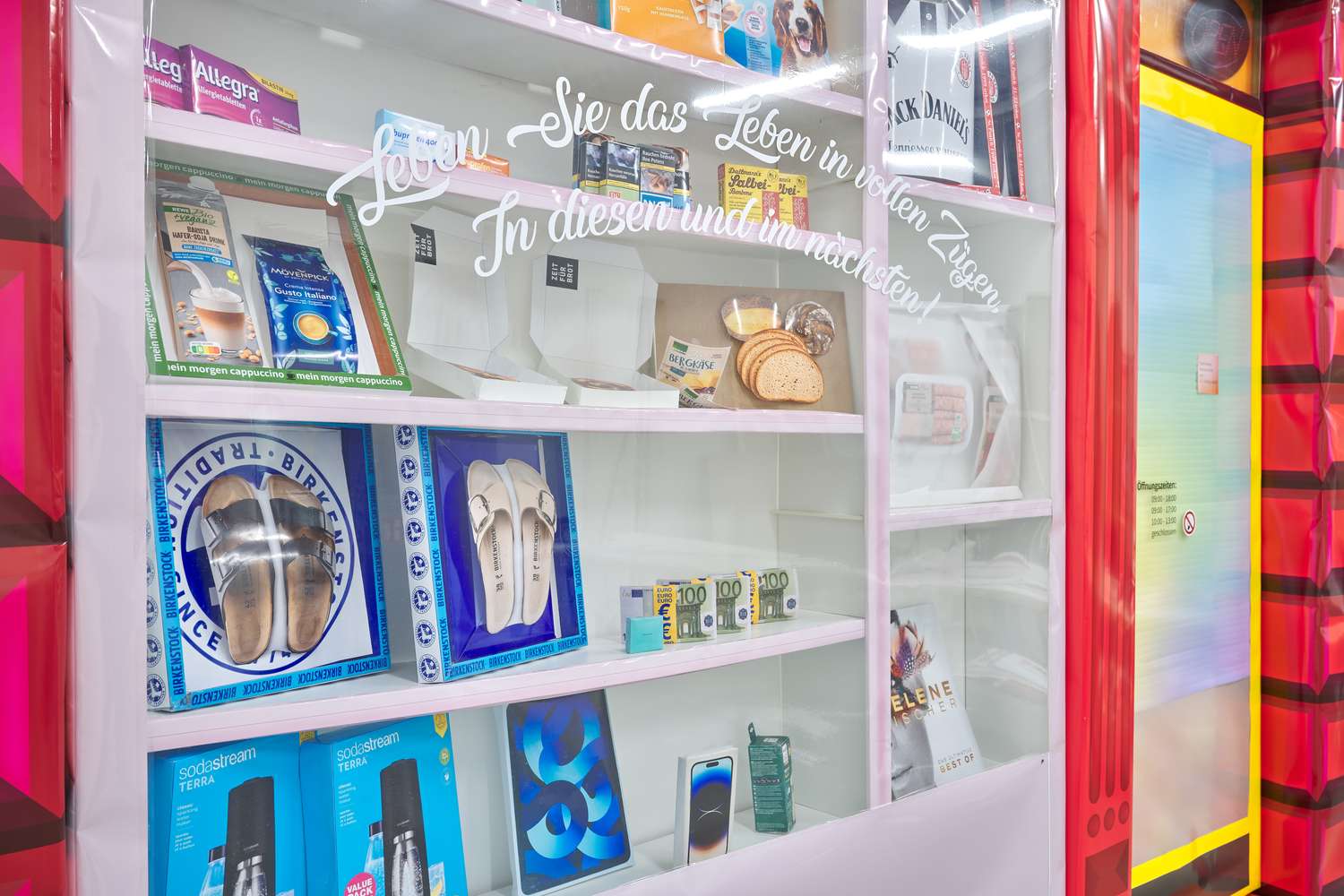
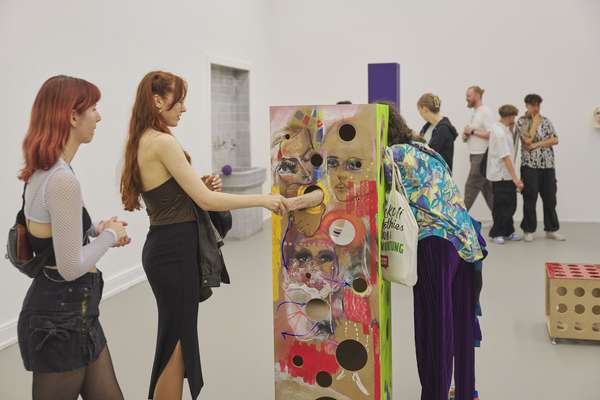
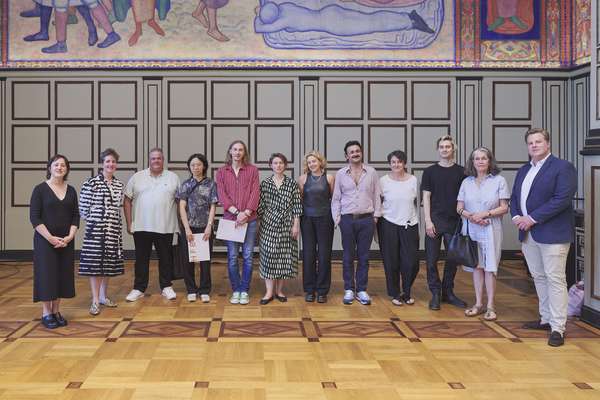
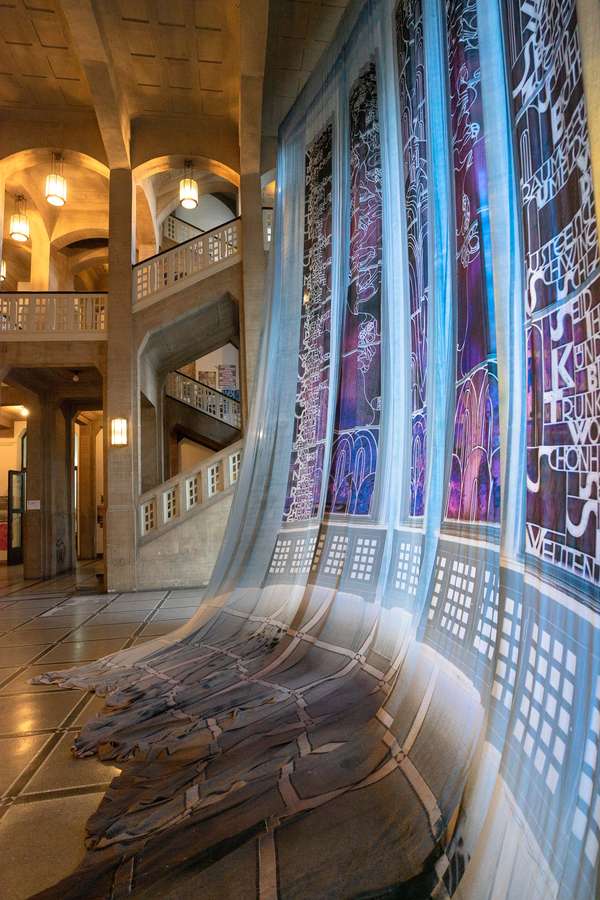
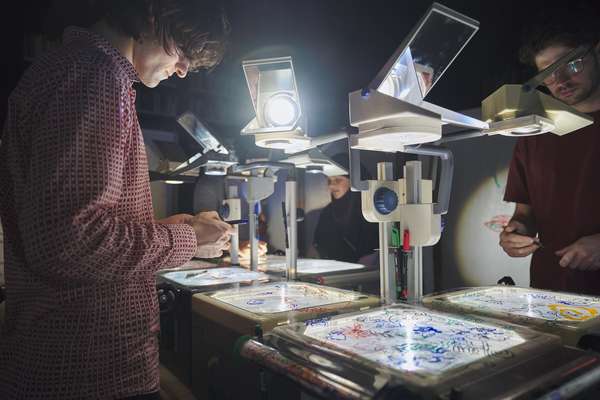
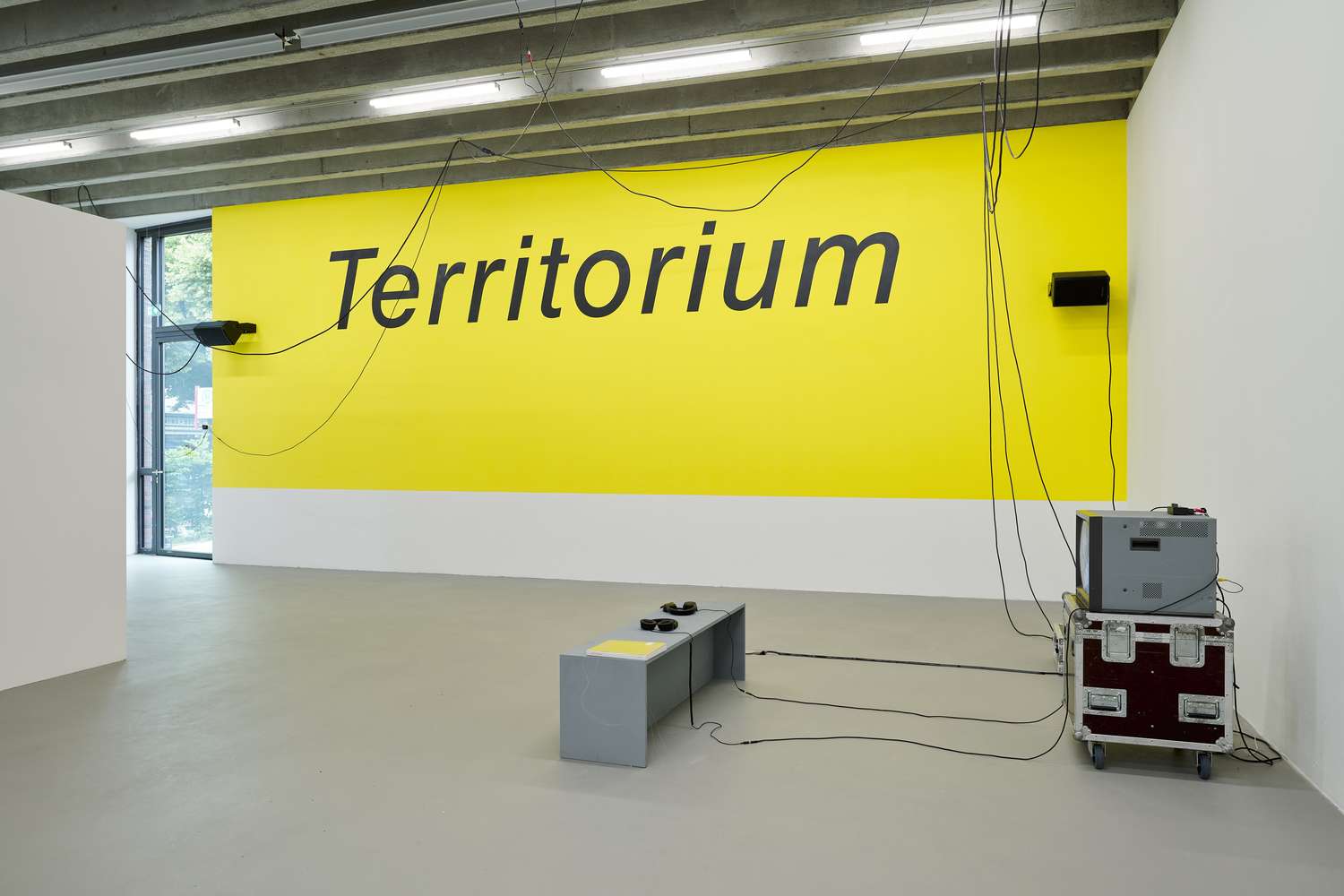
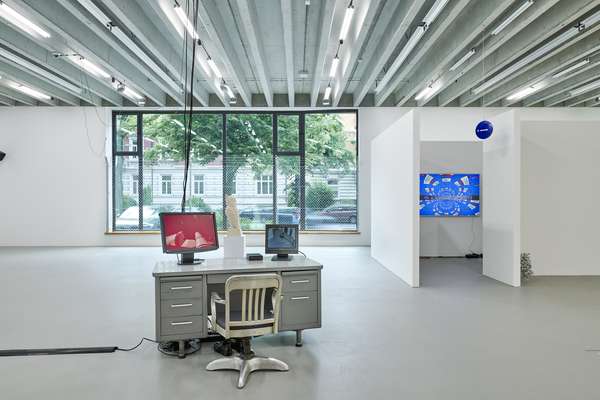
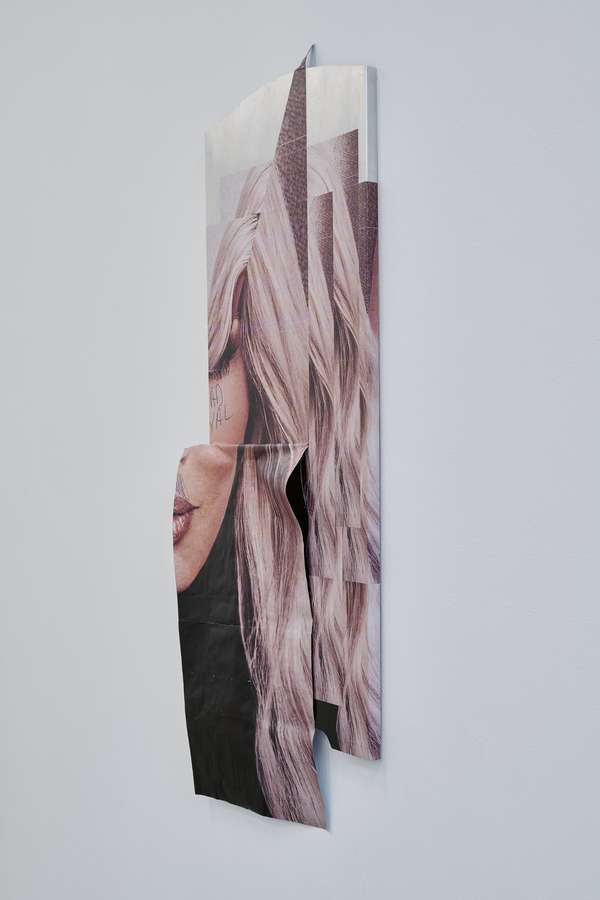
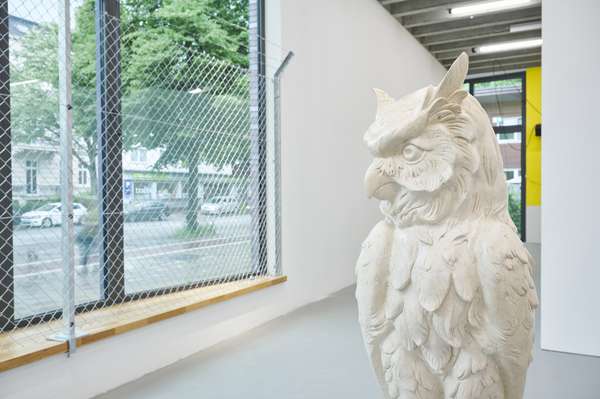

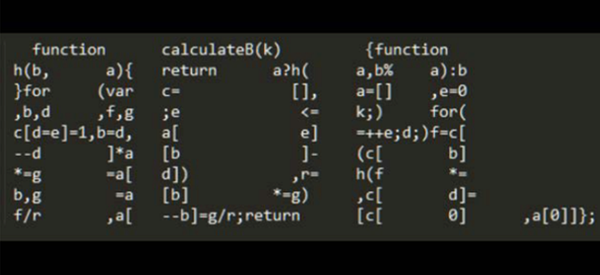
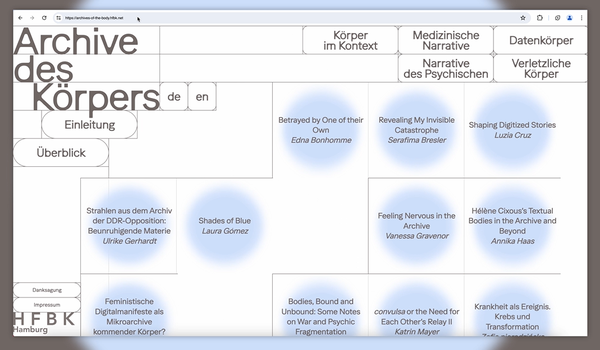





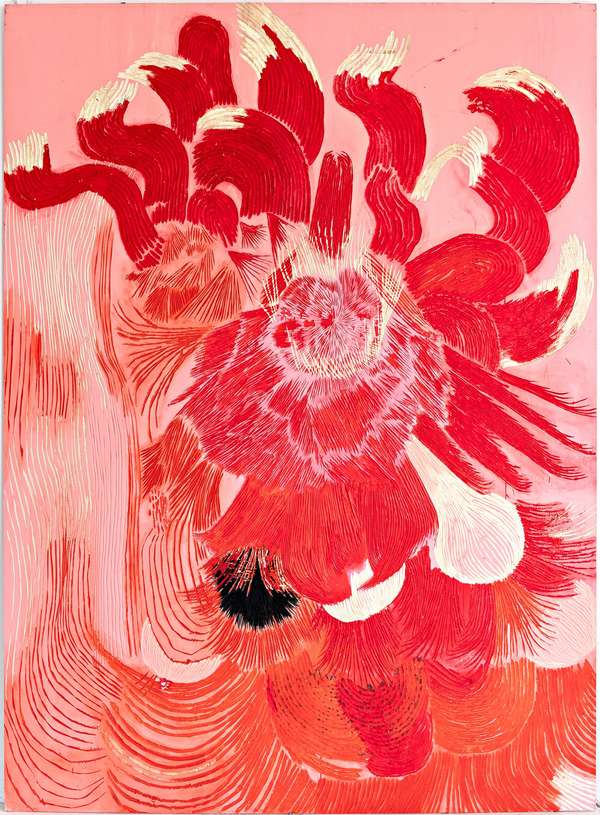
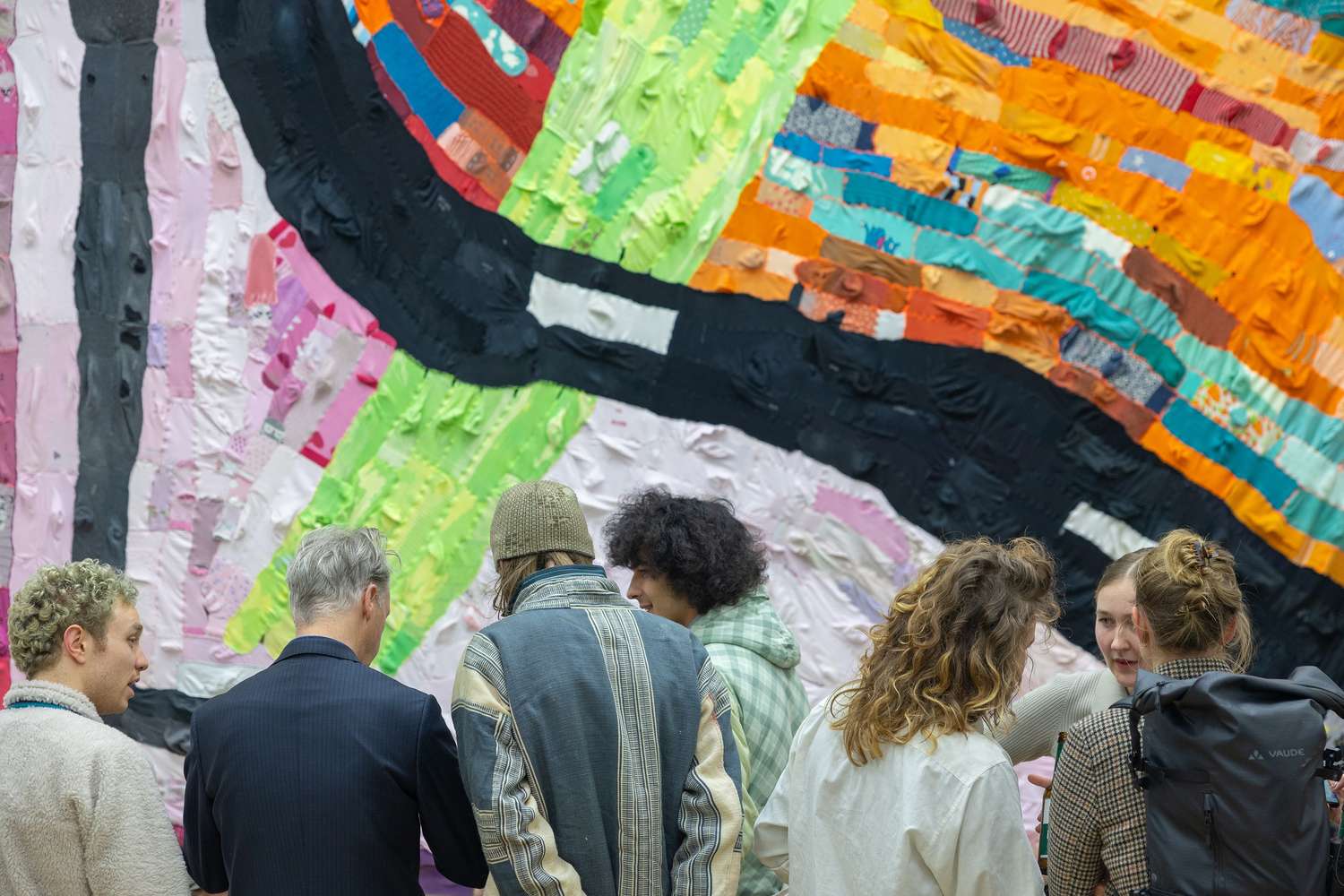

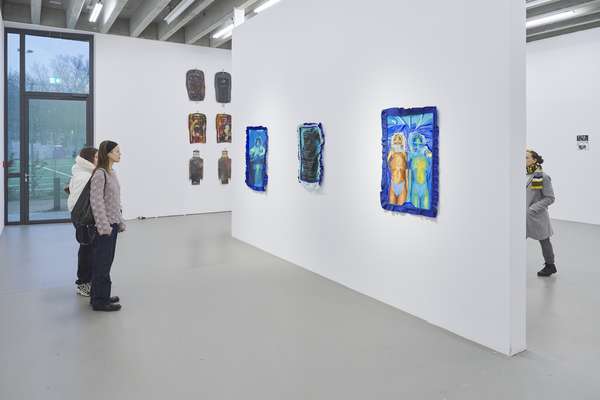

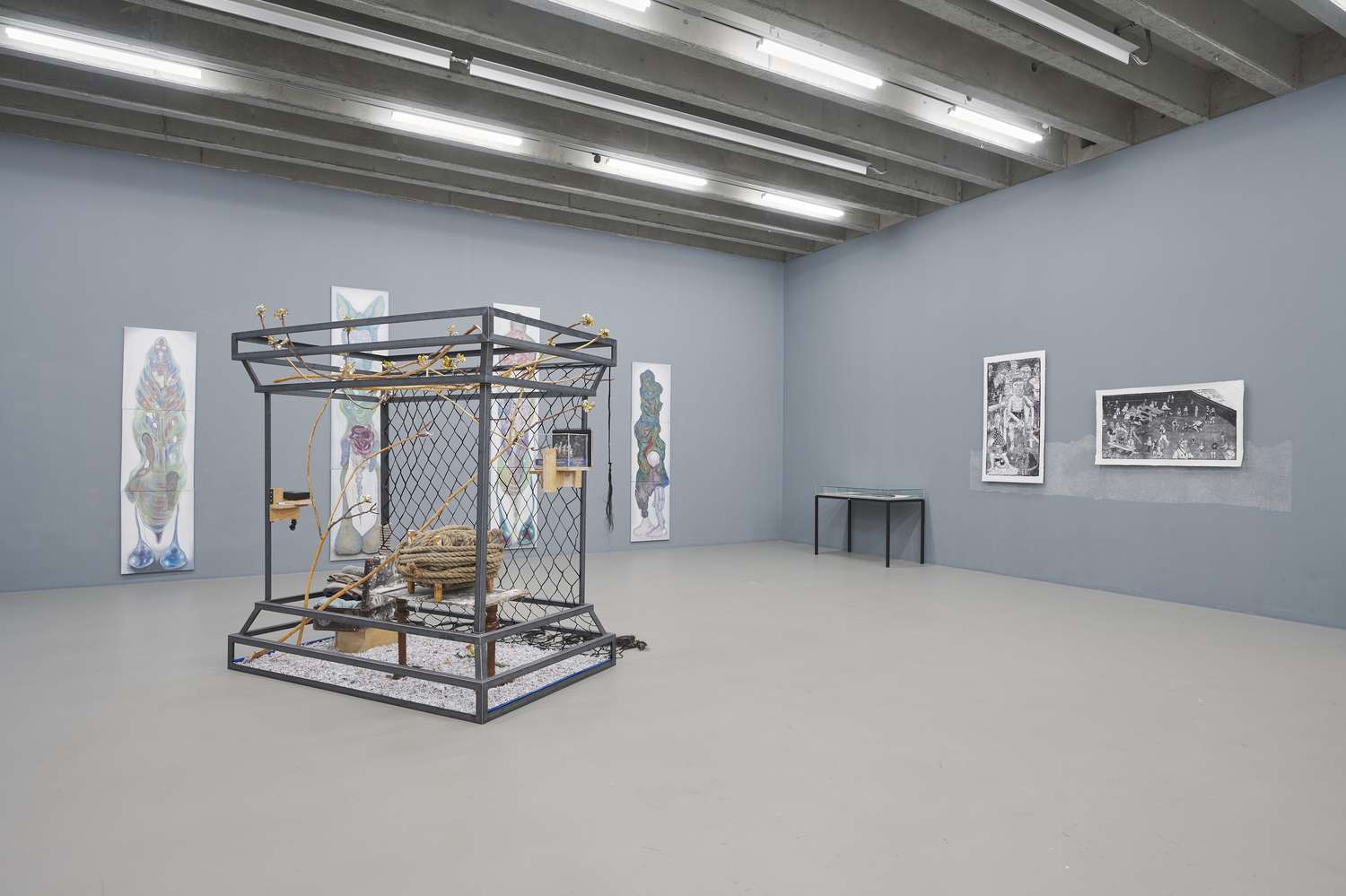

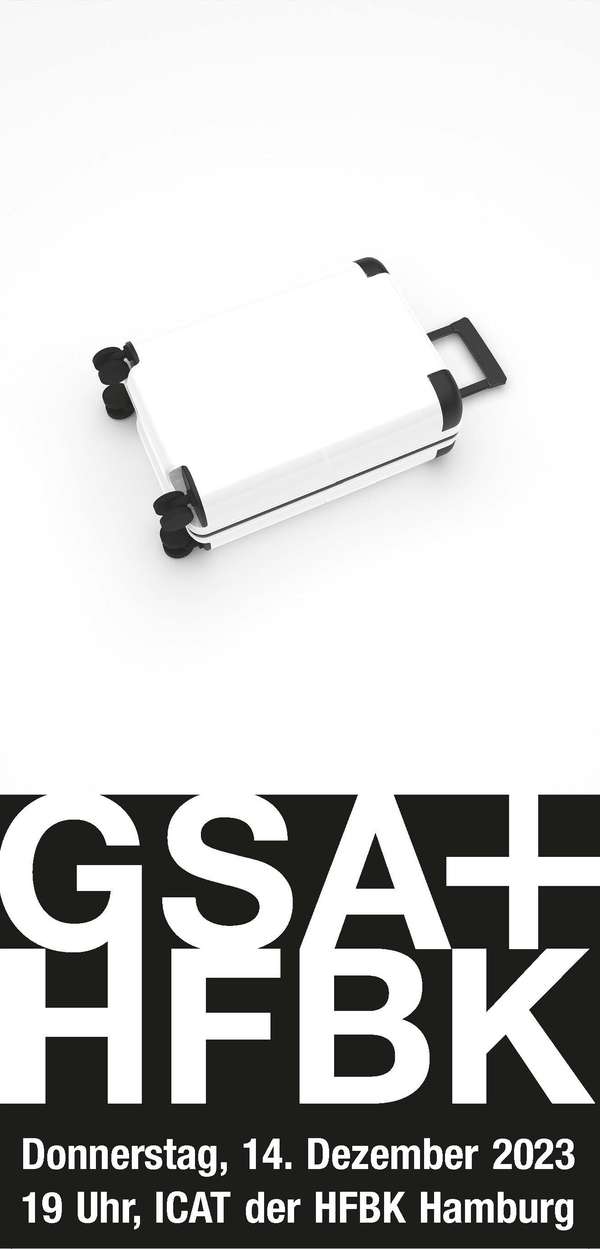





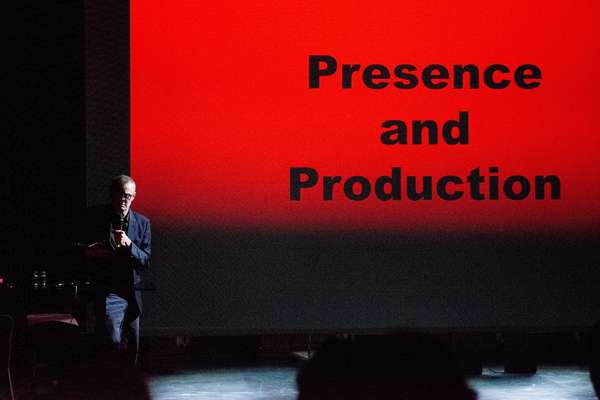



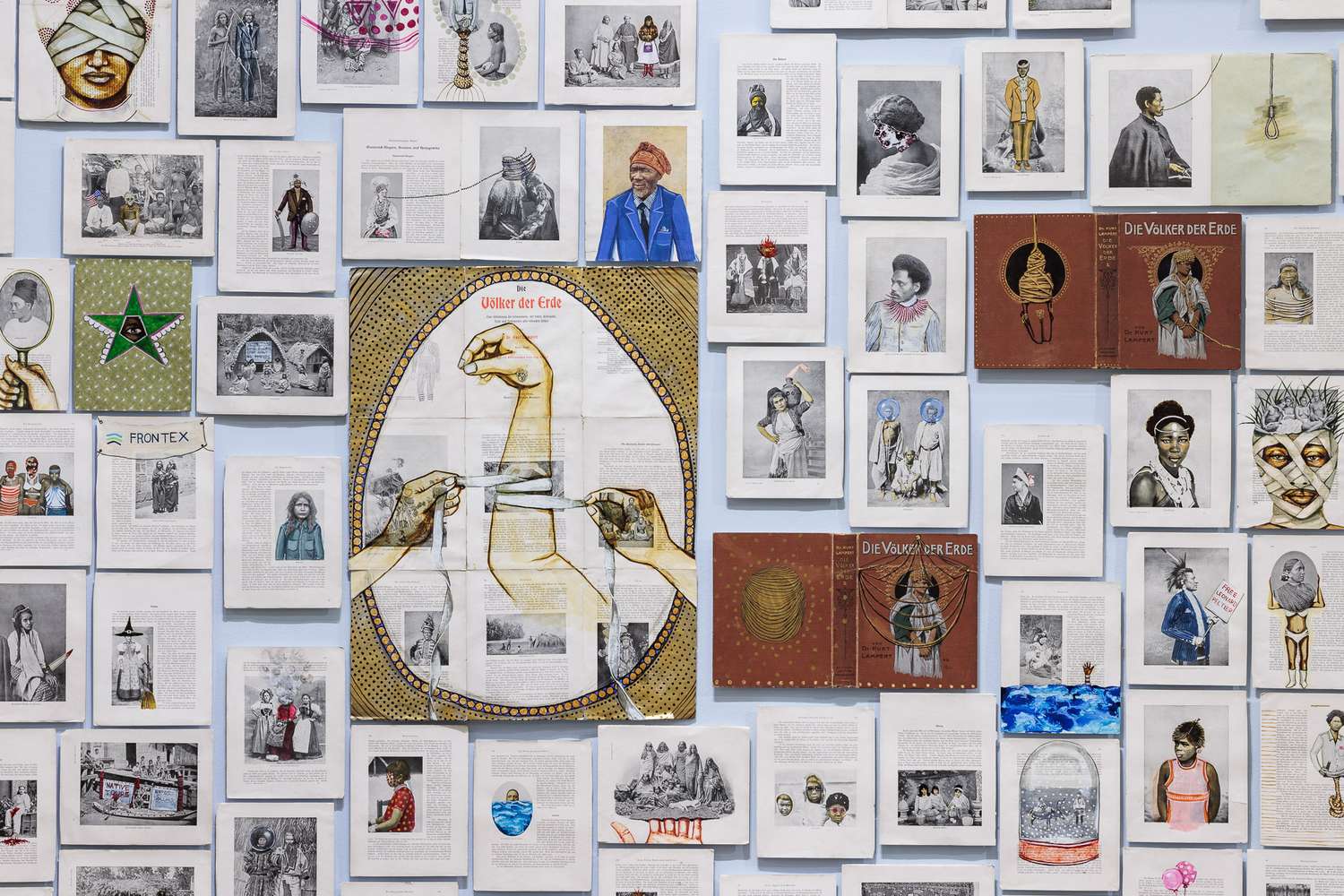
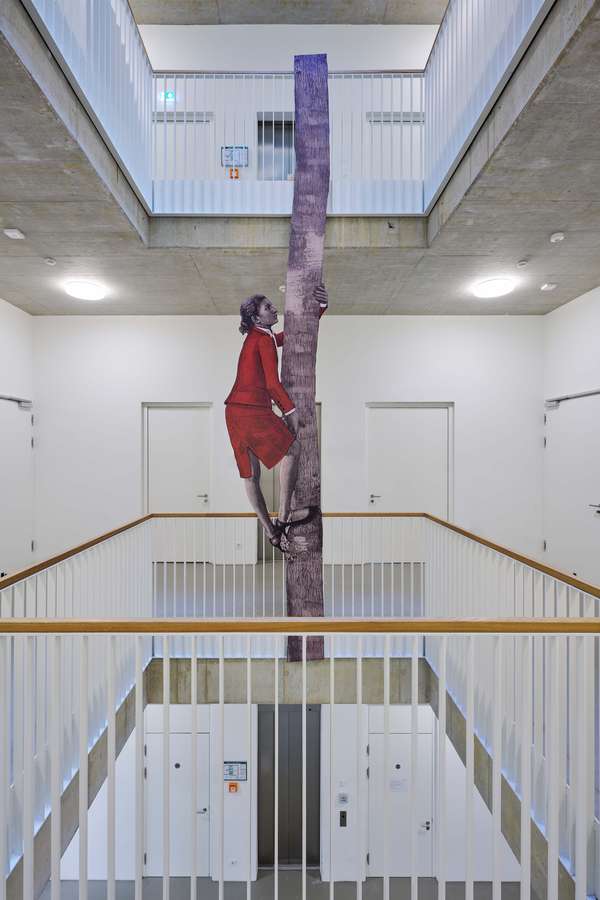








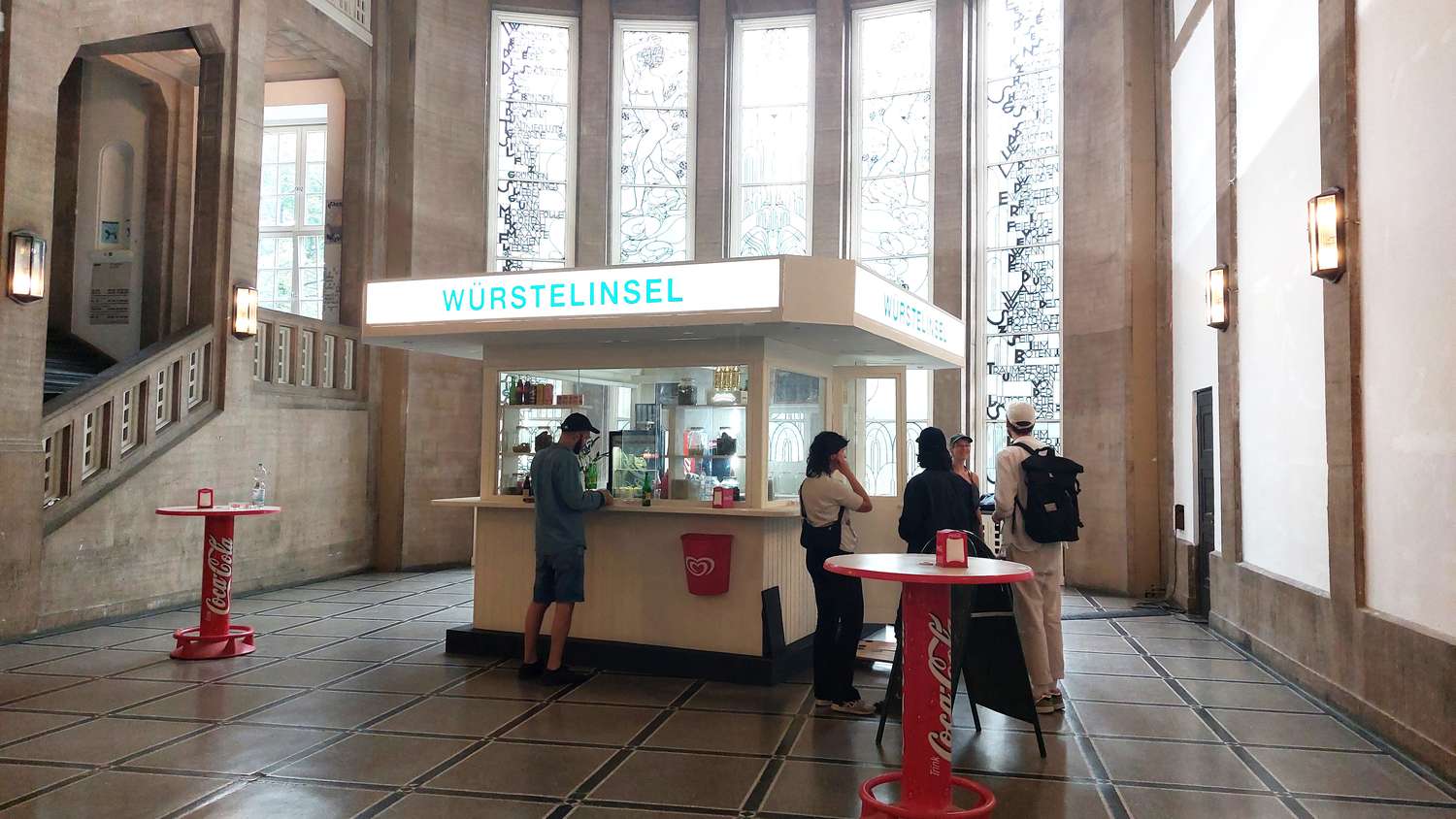


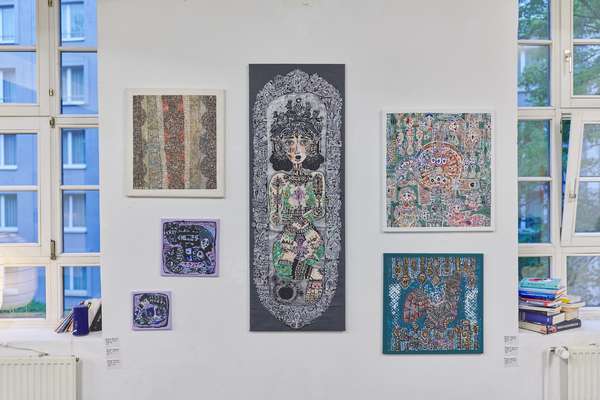




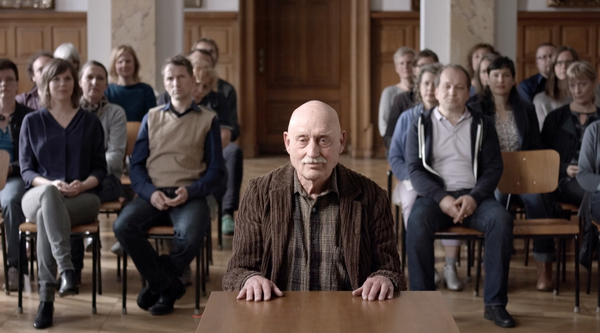


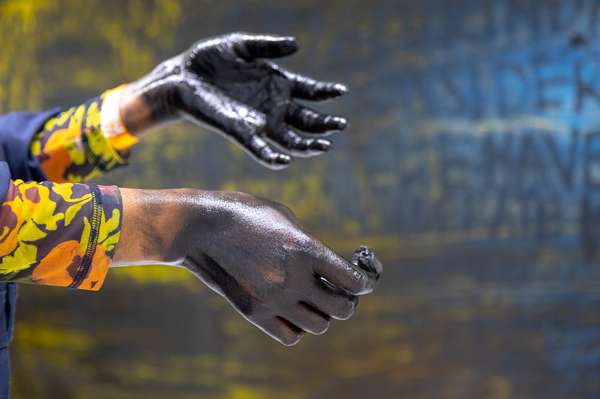




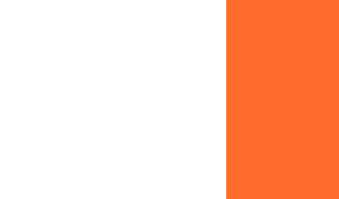
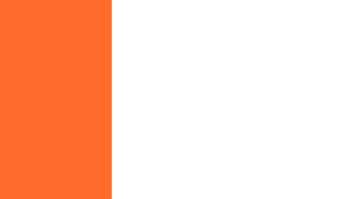


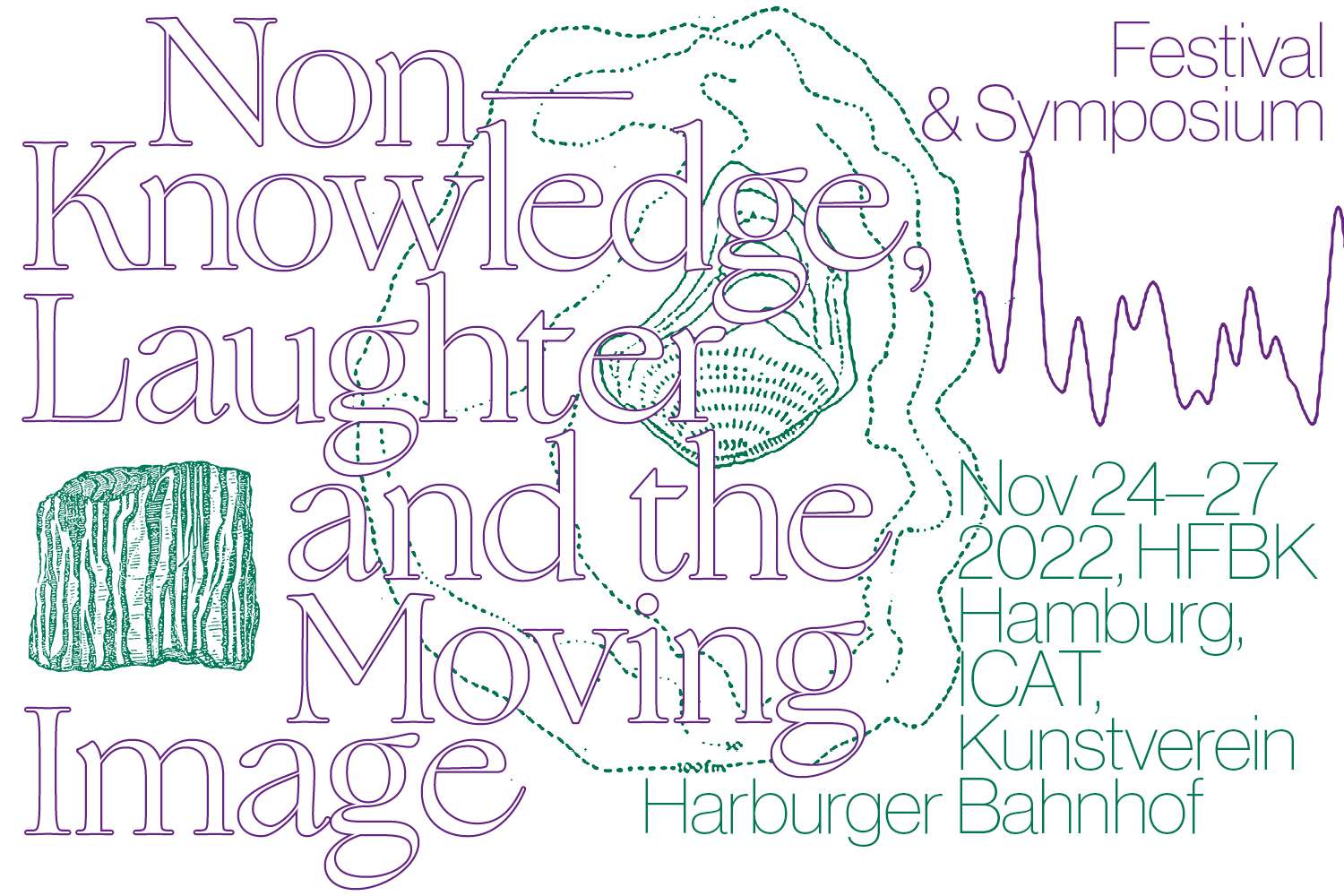






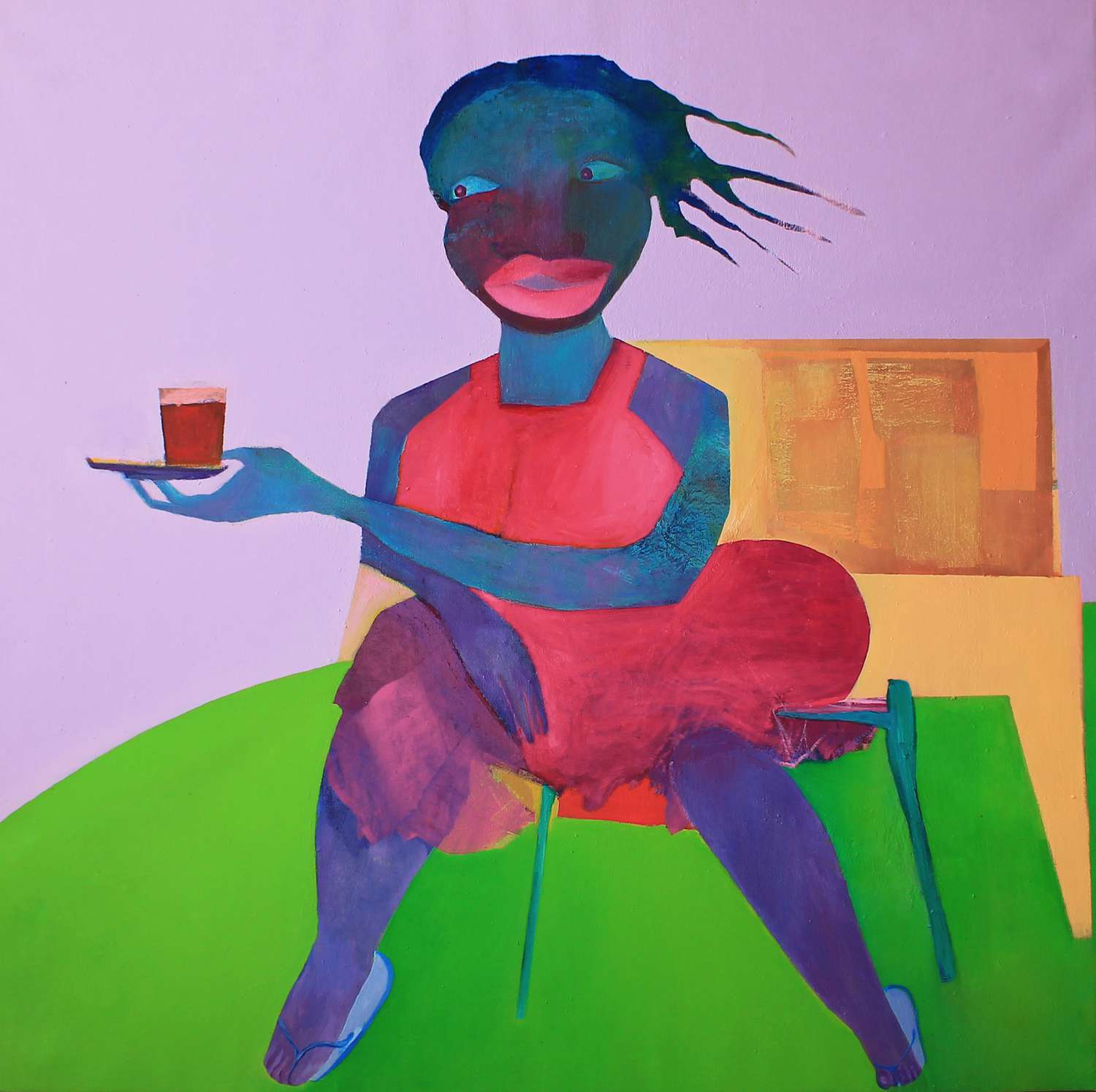
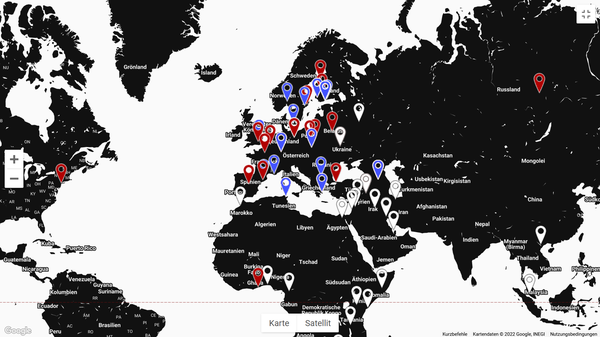
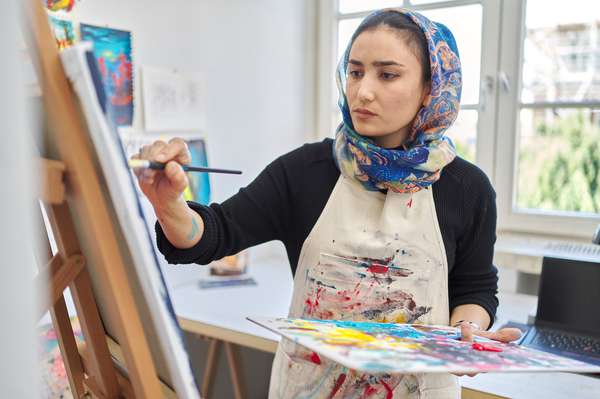









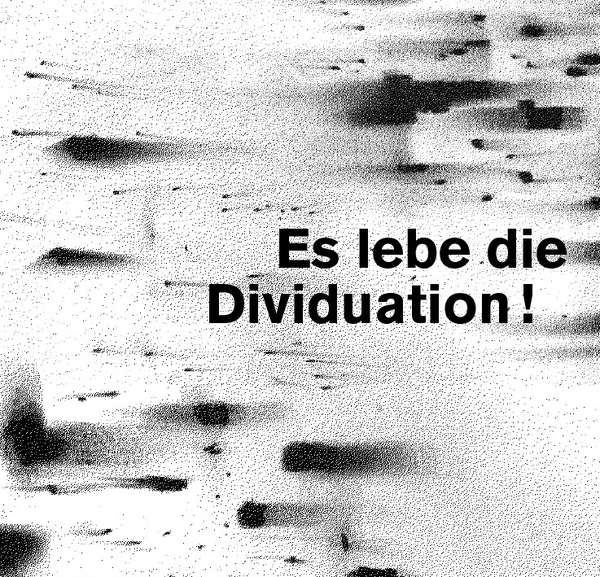





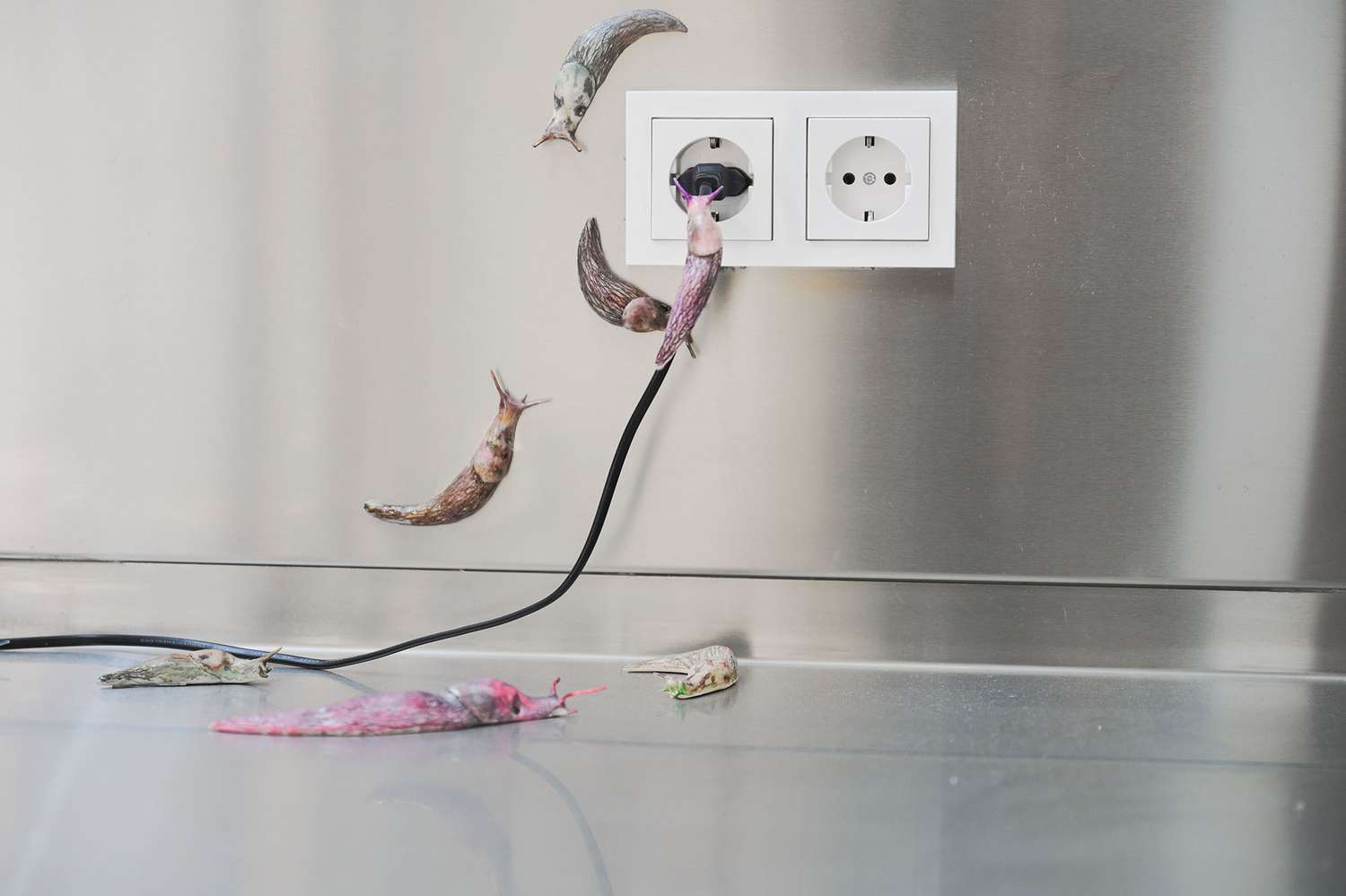


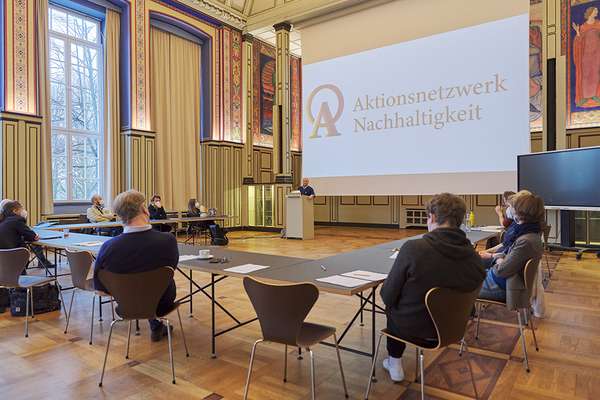






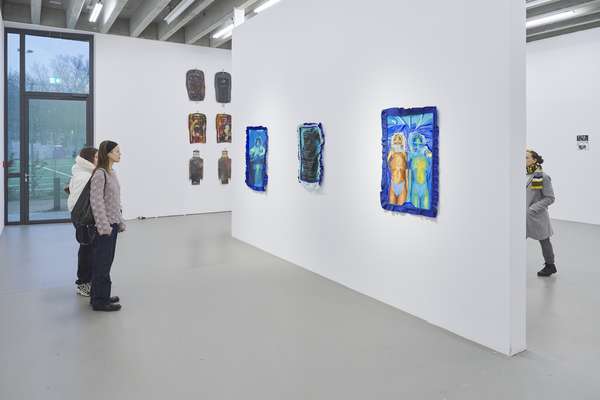








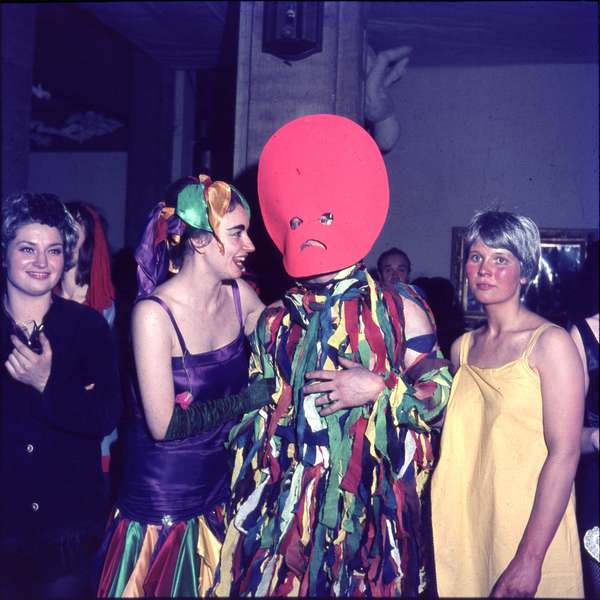

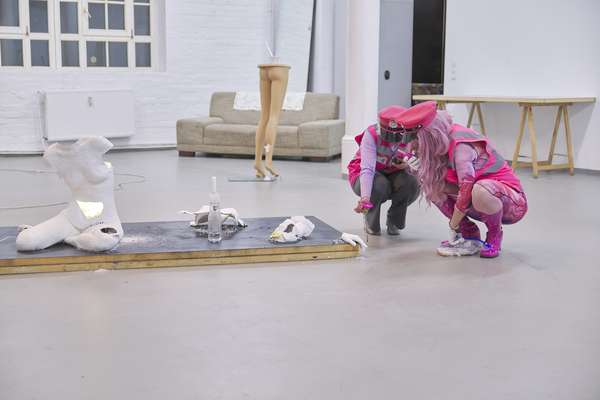



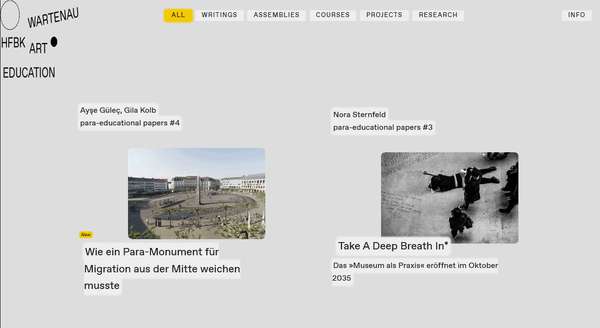

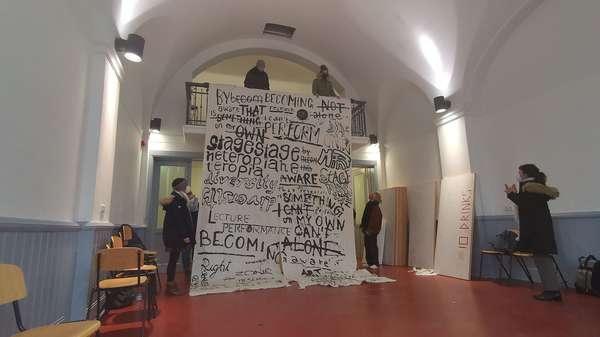
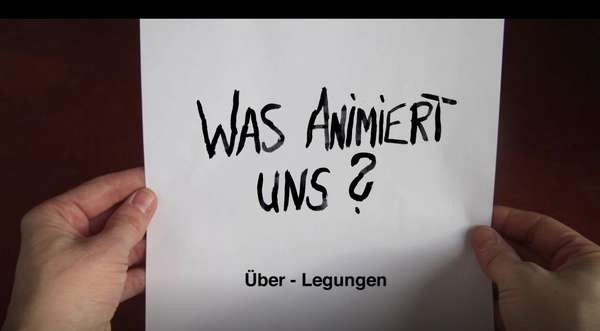
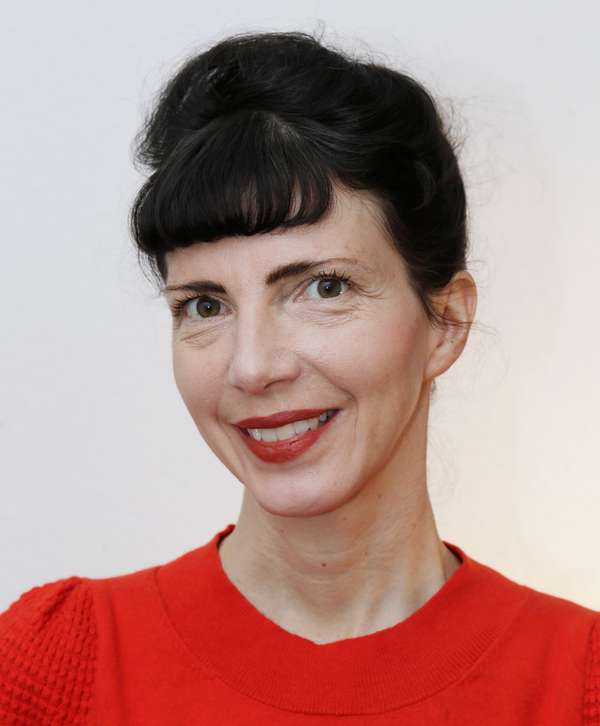
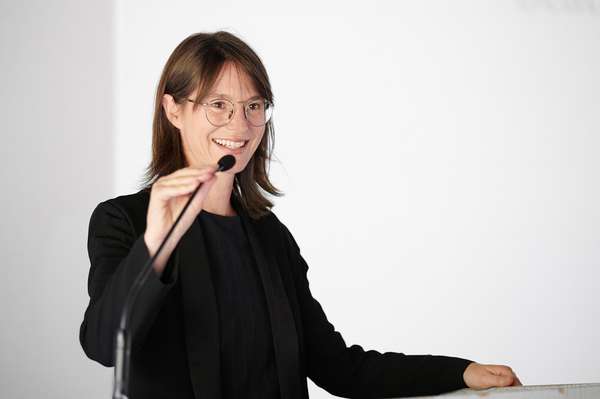

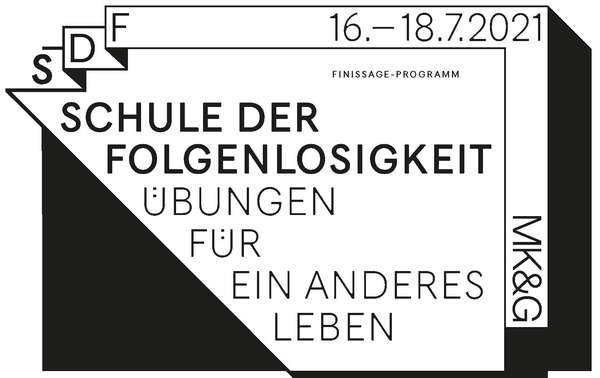


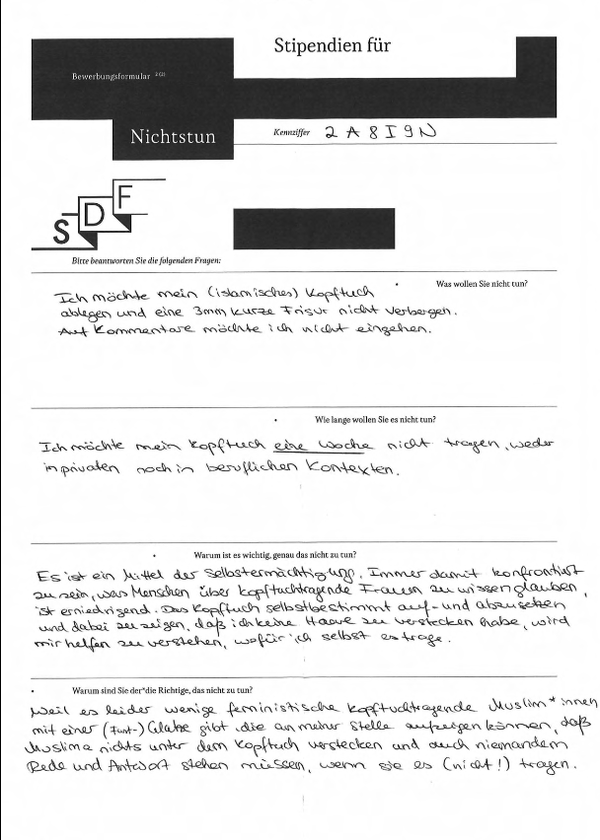









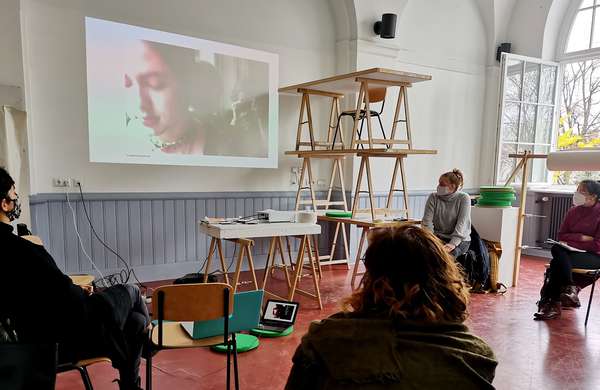





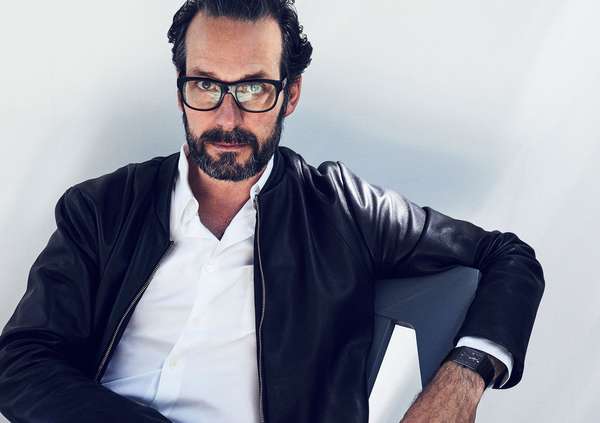

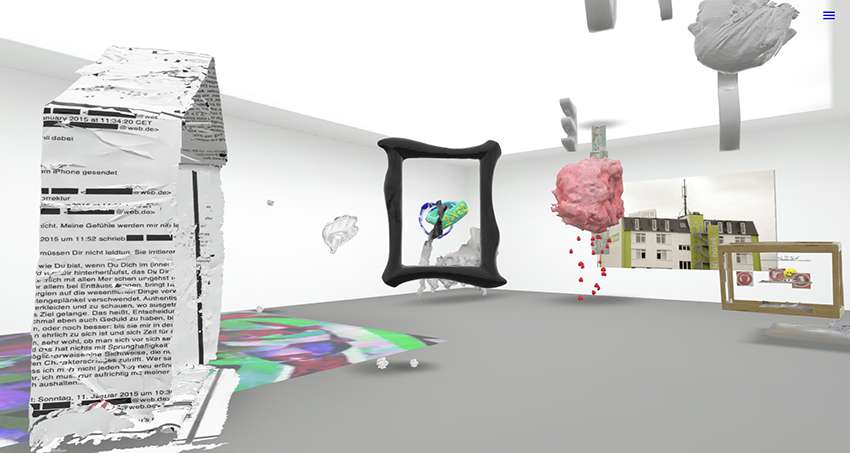

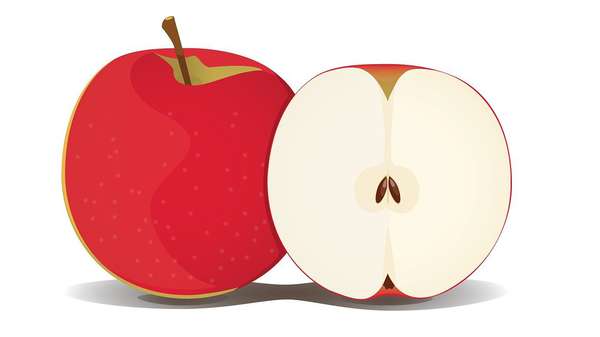

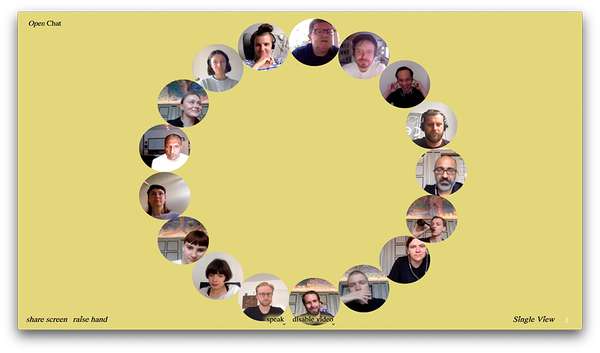

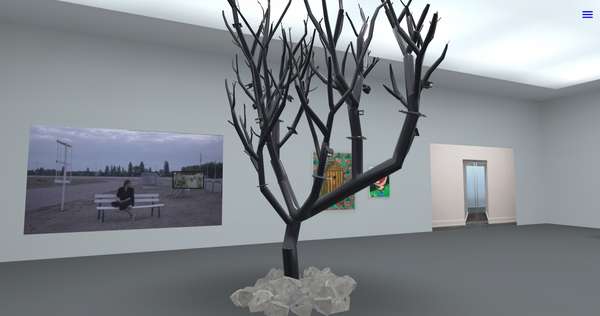









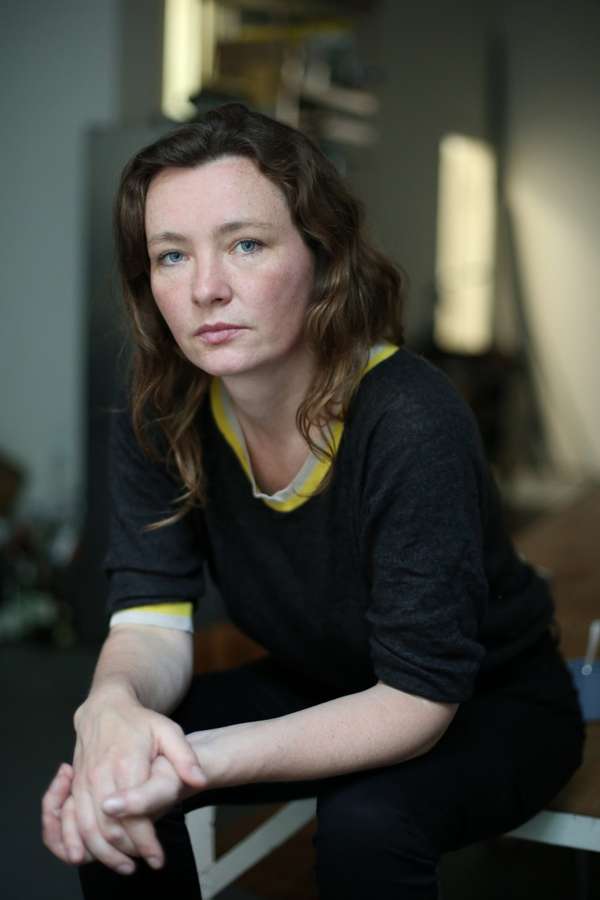

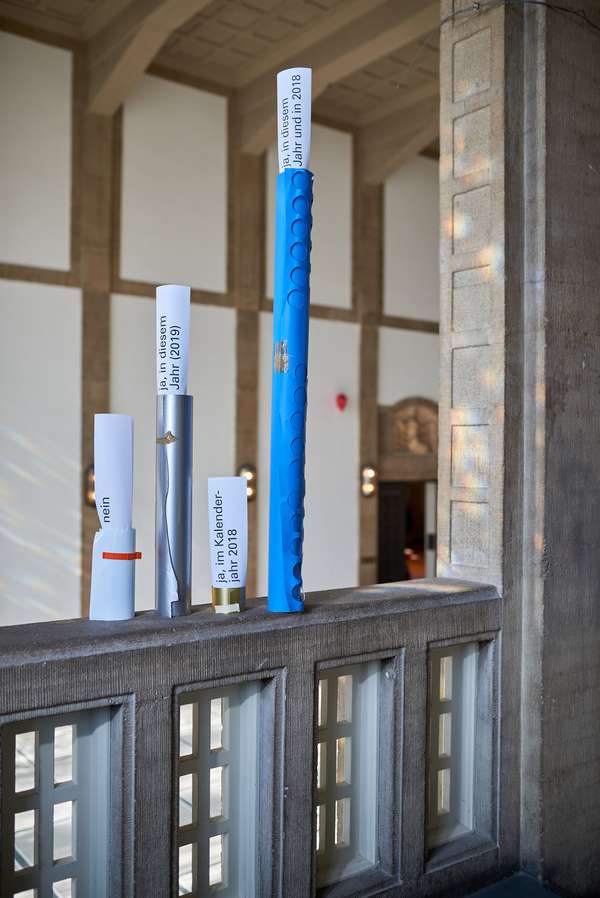



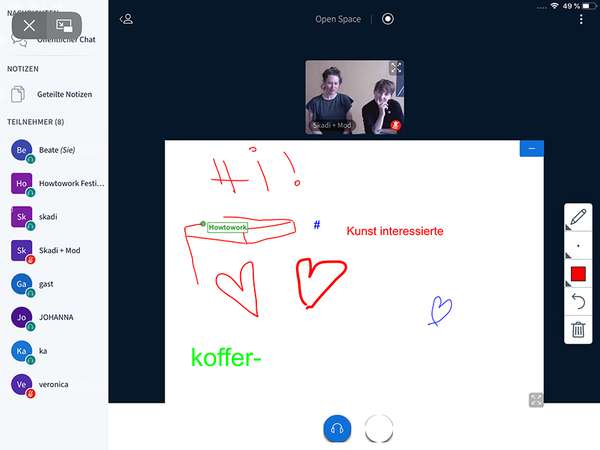
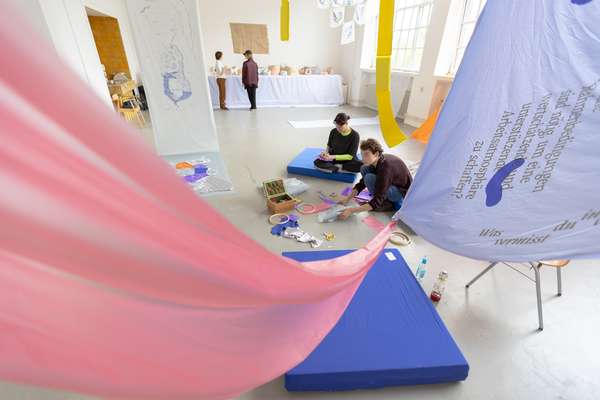

 Graduate Show 2025: Don't stop me now
Graduate Show 2025: Don't stop me now
 Long days, lots to do
Long days, lots to do
 Cine*Ami*es
Cine*Ami*es
 Redesign Democracy – competition for the ballot box of the democratic future
Redesign Democracy – competition for the ballot box of the democratic future
 Art in public space
Art in public space
 How to apply: study at HFBK Hamburg
How to apply: study at HFBK Hamburg
 Annual Exhibition 2025 at the HFBK Hamburg
Annual Exhibition 2025 at the HFBK Hamburg
 The Elephant in The Room – Sculpture today
The Elephant in The Room – Sculpture today
 Hiscox Art Prize 2024
Hiscox Art Prize 2024
 The New Woman
The New Woman
 Doing a PhD at the HFBK Hamburg
Doing a PhD at the HFBK Hamburg
 Graduate Show 2024 - Letting Go
Graduate Show 2024 - Letting Go
 Finkenwerder Art Prize 2024
Finkenwerder Art Prize 2024
 Archives of the Body - The Body in Archiving
Archives of the Body - The Body in Archiving
 New partnership with the School of Arts at the University of Haifa
New partnership with the School of Arts at the University of Haifa
 Annual Exhibition 2024 at the HFBK Hamburg
Annual Exhibition 2024 at the HFBK Hamburg
 (Ex)Changes of / in Art
(Ex)Changes of / in Art
 Extended Libraries
Extended Libraries
 And Still I Rise
And Still I Rise
 Let's talk about language
Let's talk about language
 Graduate Show 2023: Unfinished Business
Graduate Show 2023: Unfinished Business
 Let`s work together
Let`s work together
 Annual Exhibition 2023 at HFBK Hamburg
Annual Exhibition 2023 at HFBK Hamburg
 Symposium: Controversy over documenta fifteen
Symposium: Controversy over documenta fifteen
 Festival and Symposium: Non-Knowledge, Laughter and the Moving Image
Festival and Symposium: Non-Knowledge, Laughter and the Moving Image
 Solo exhibition by Konstantin Grcic
Solo exhibition by Konstantin Grcic
 Art and war
Art and war
 Graduate Show 2022: We’ve Only Just Begun
Graduate Show 2022: We’ve Only Just Begun
 June is full of art and theory
June is full of art and theory
 Finkenwerder Art Prize 2022
Finkenwerder Art Prize 2022
 Nachhaltigkeit im Kontext von Kunst und Kunsthochschule
Nachhaltigkeit im Kontext von Kunst und Kunsthochschule
 Raum für die Kunst
Raum für die Kunst
 Annual Exhibition 2022 at the HFBK
Annual Exhibition 2022 at the HFBK
 Conference: Counter-Monuments and Para-Monuments.
Conference: Counter-Monuments and Para-Monuments.
 Diversity
Diversity
 Live und in Farbe: die ASA Open Studios im Juni 2021
Live und in Farbe: die ASA Open Studios im Juni 2021
 Unlearning: Wartenau Assemblies
Unlearning: Wartenau Assemblies
 School of No Consequences
School of No Consequences
 Annual Exhibition 2021 at the HFBK
Annual Exhibition 2021 at the HFBK
 Semestereröffnung und Hiscox-Preisverleihung 2020
Semestereröffnung und Hiscox-Preisverleihung 2020
 Teaching Art Online at the HFBK
Teaching Art Online at the HFBK
 HFBK Graduate Survey
HFBK Graduate Survey
 How political is Social Design?
How political is Social Design?